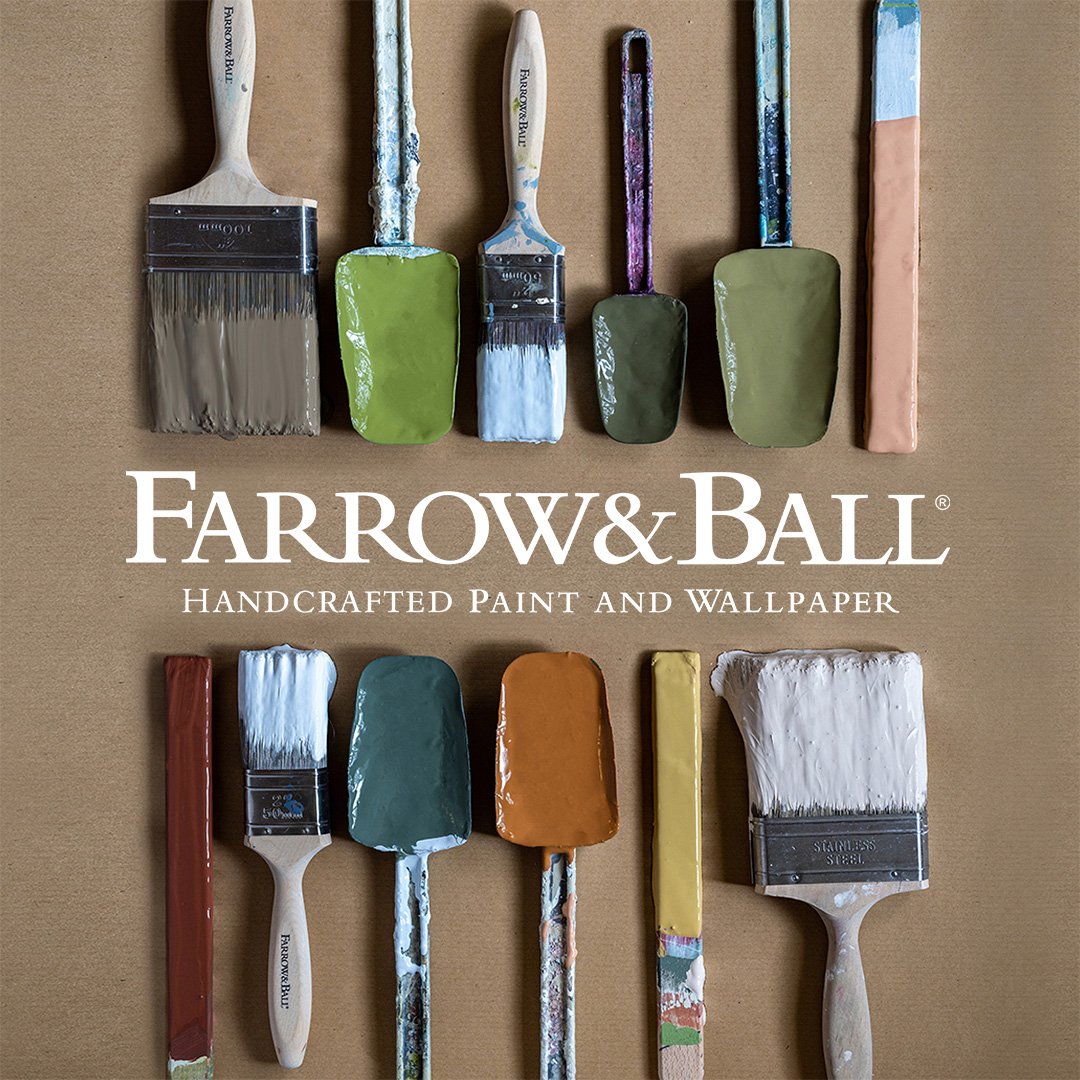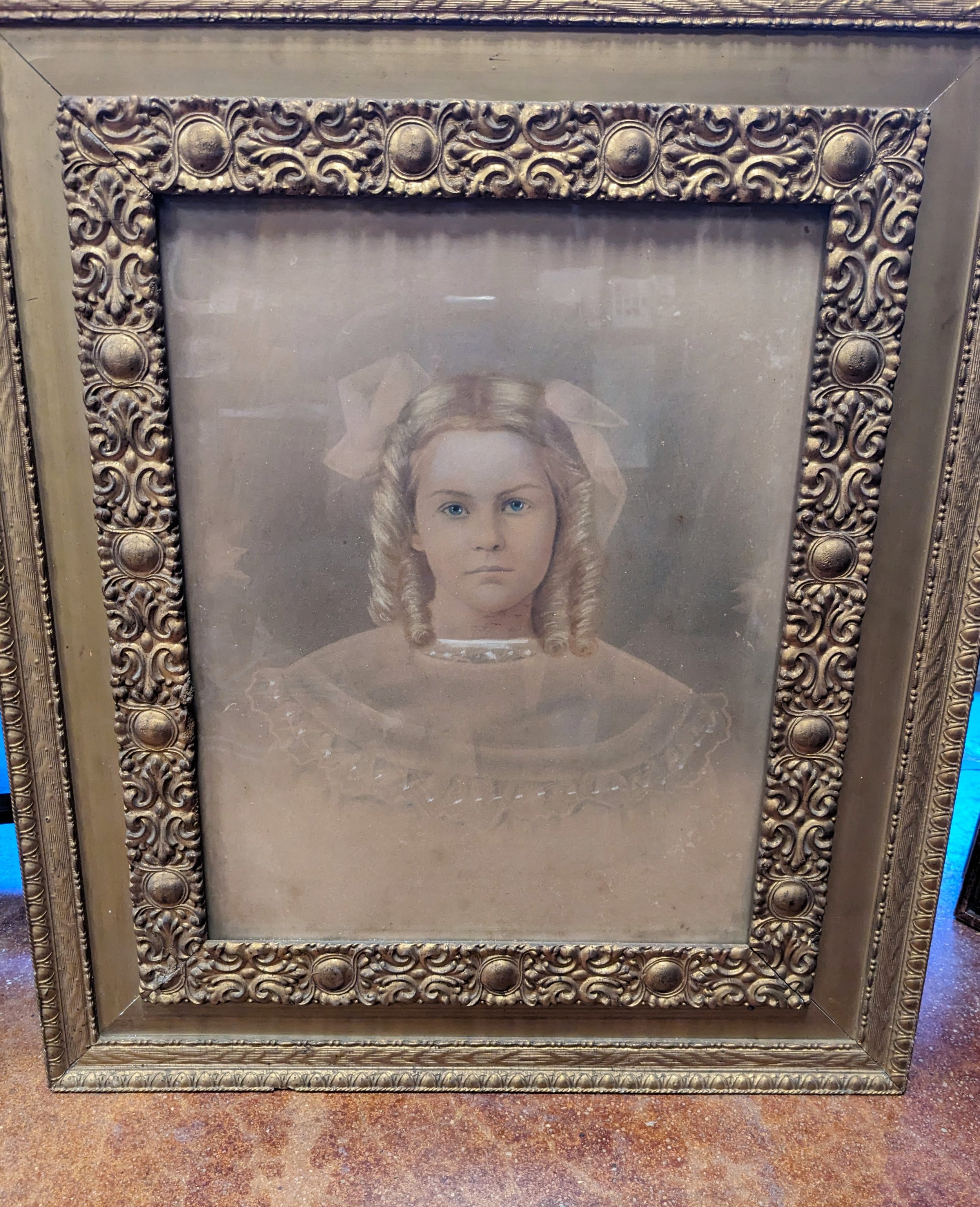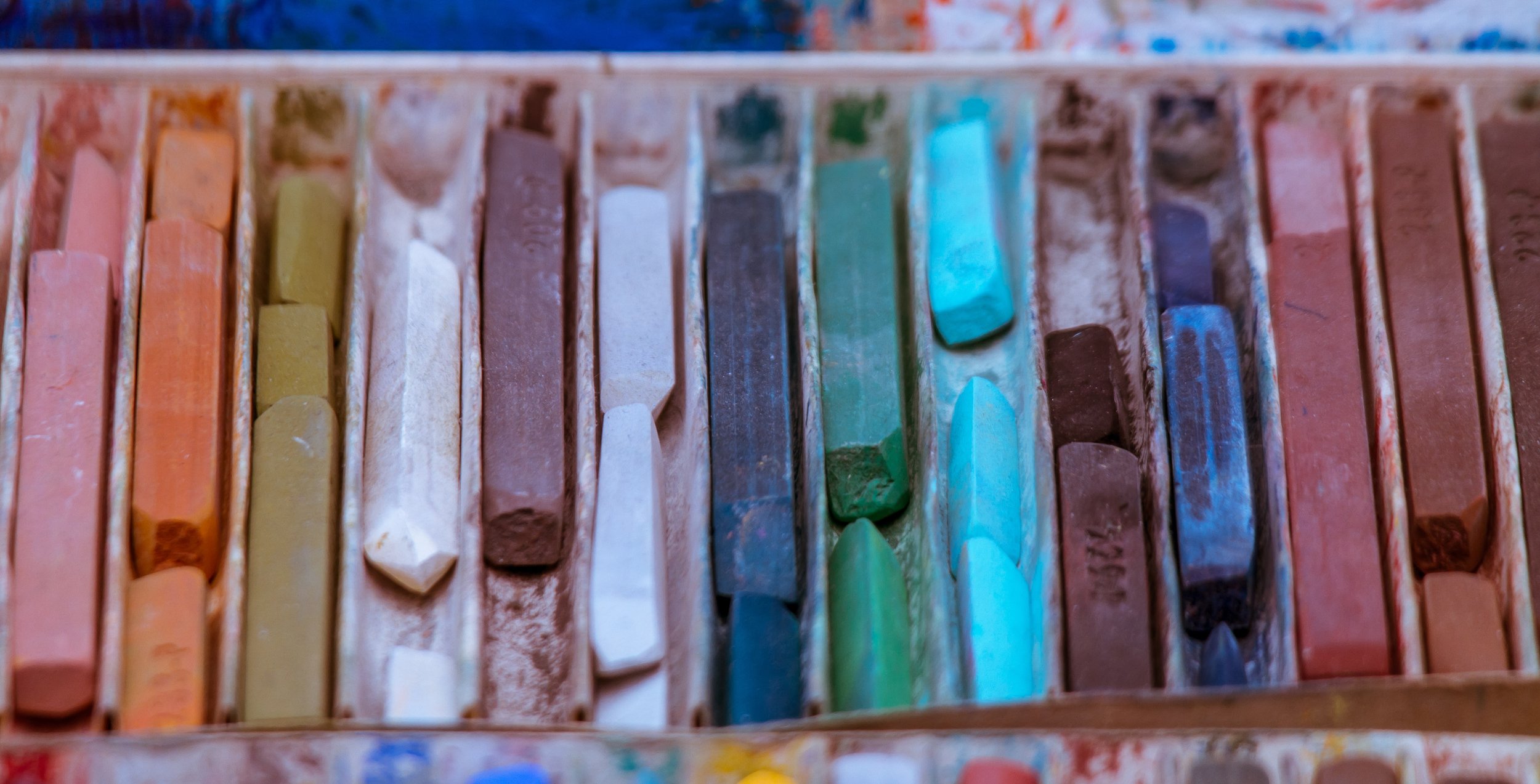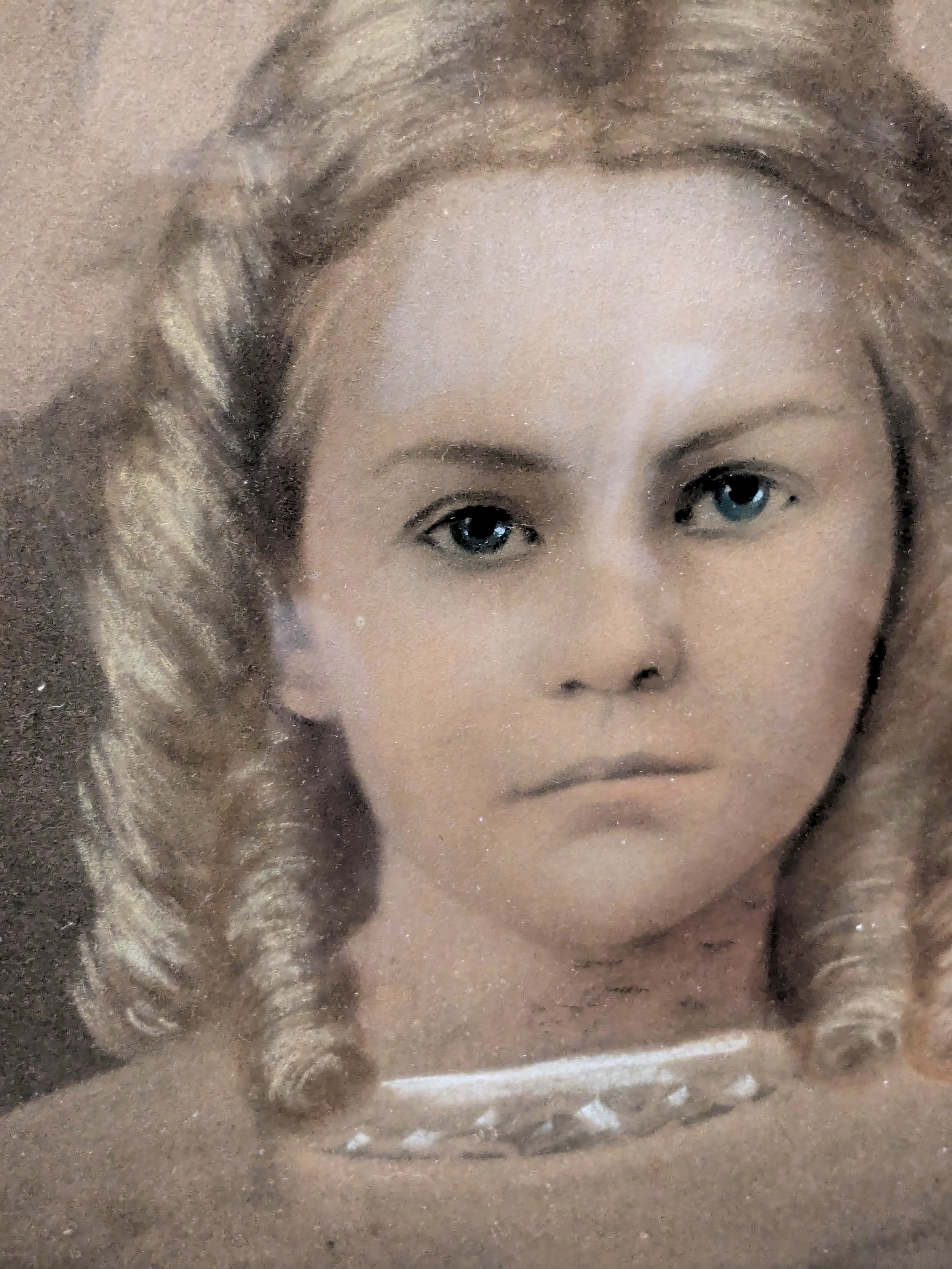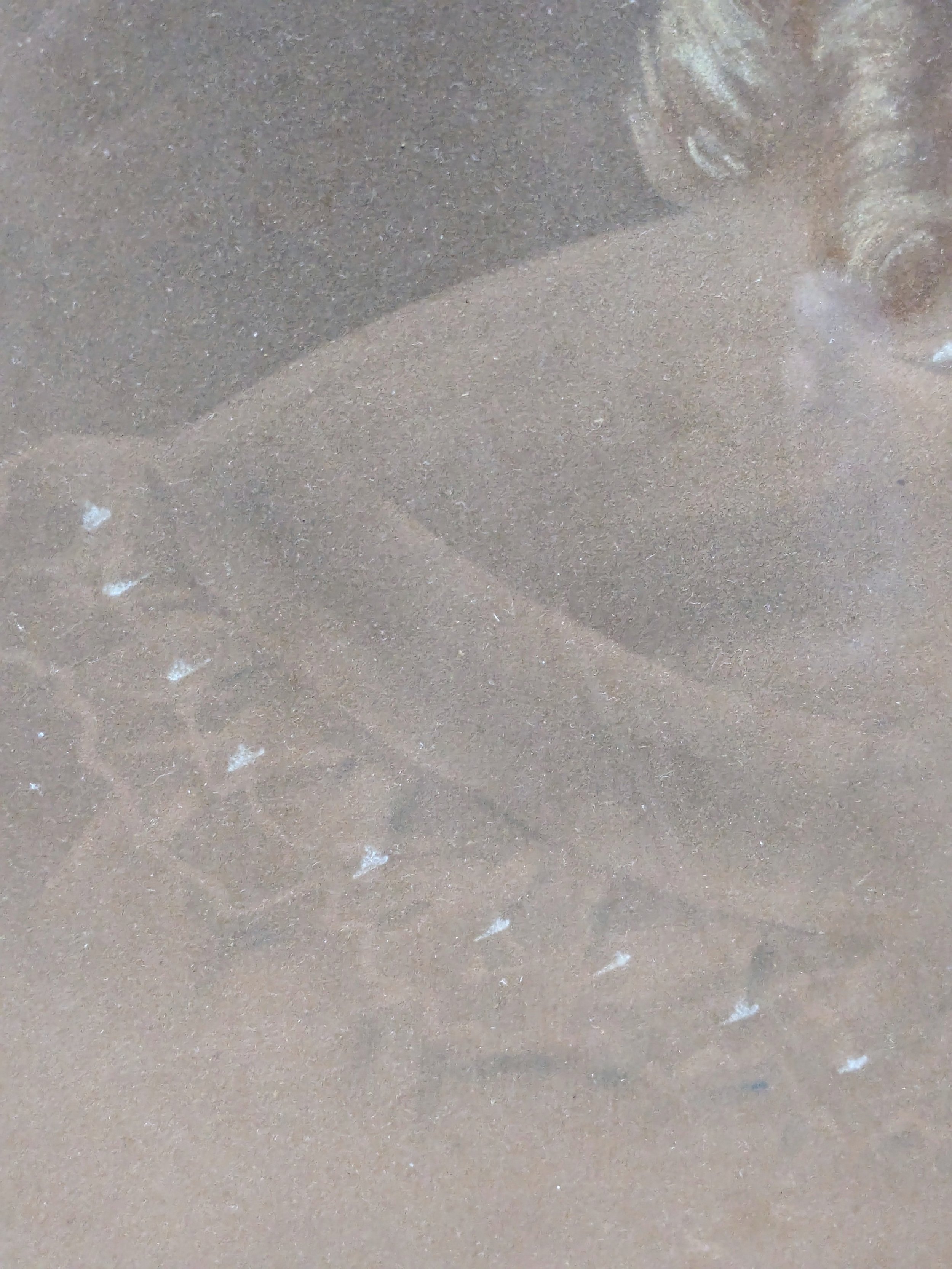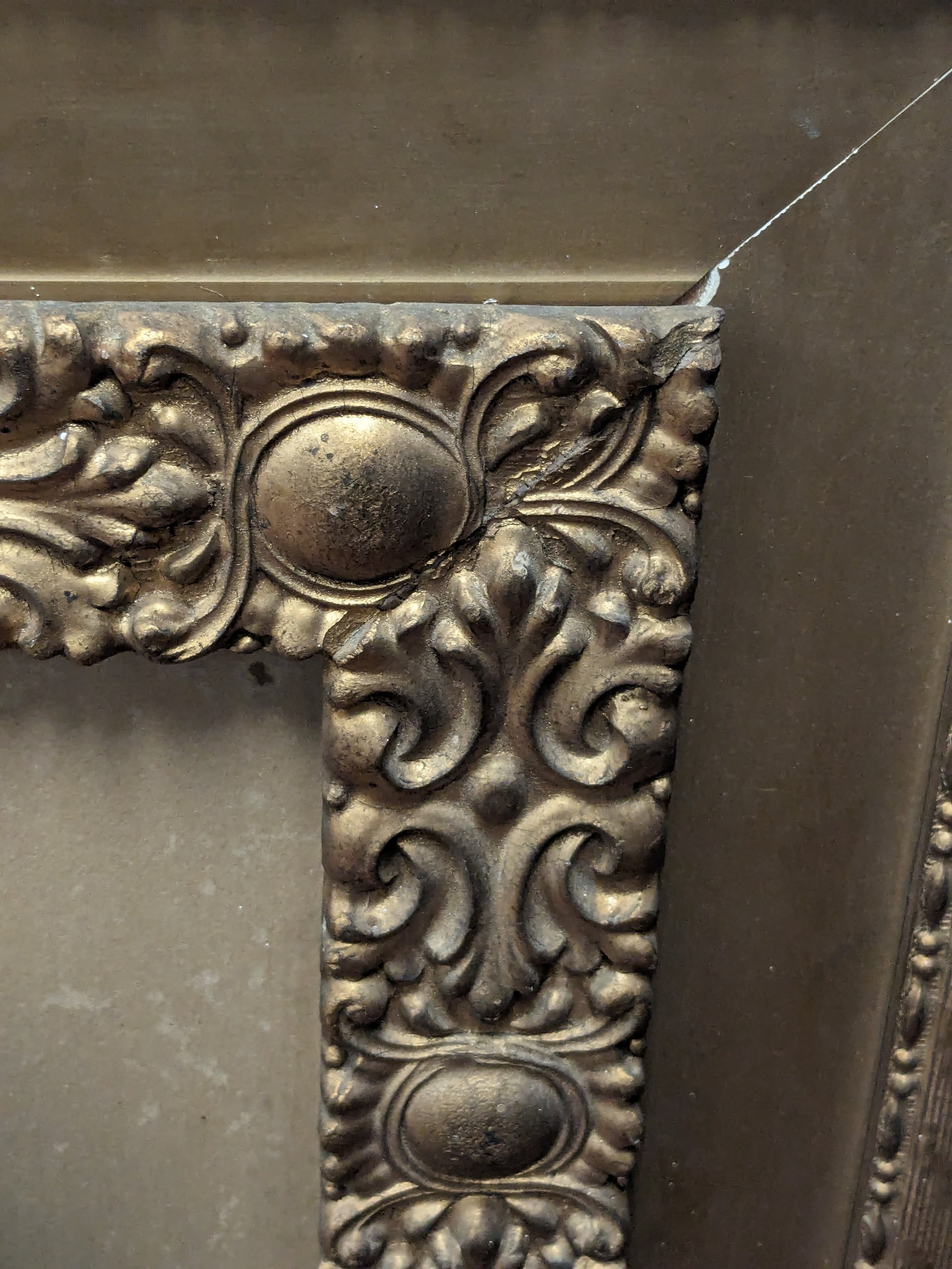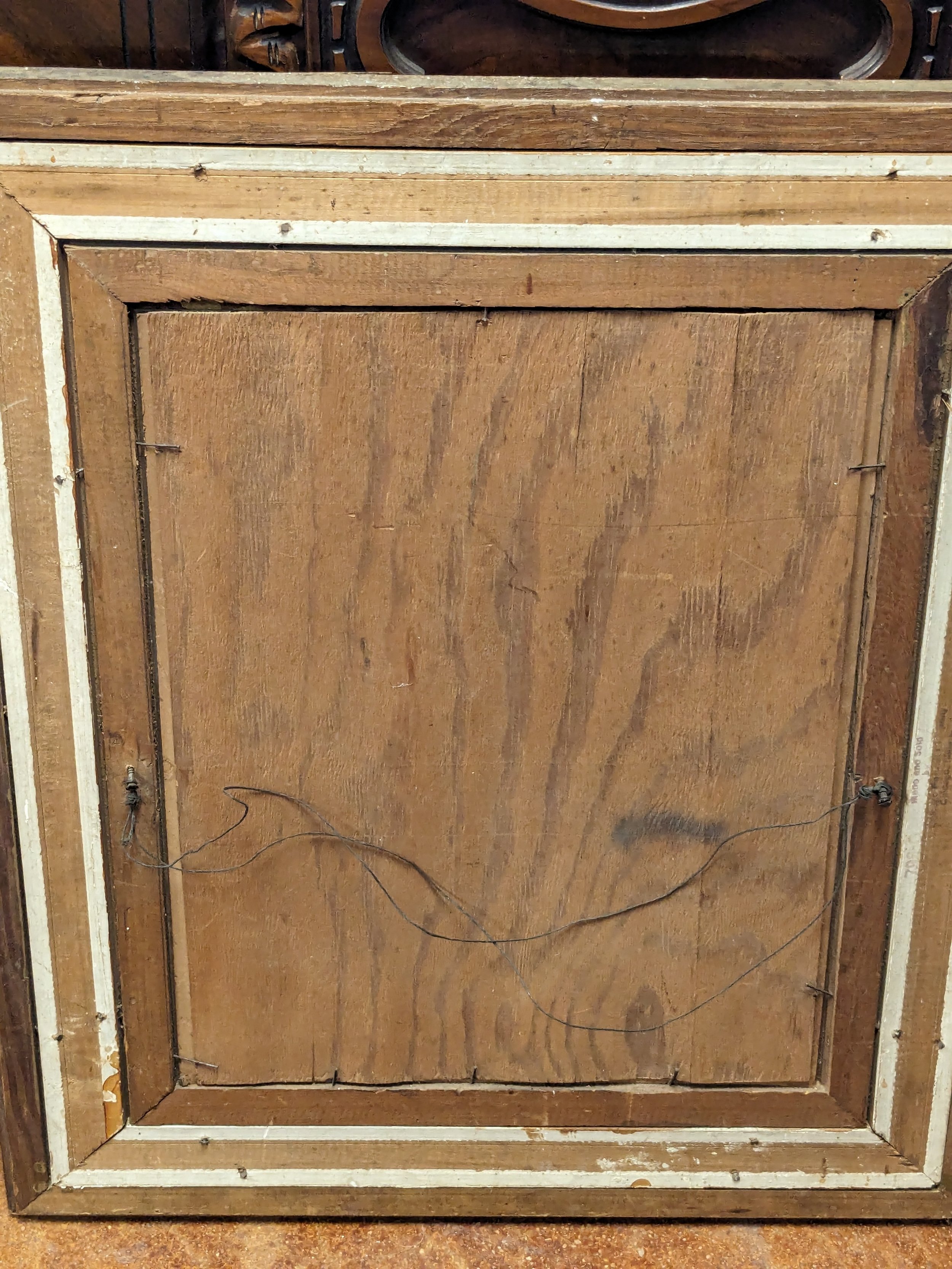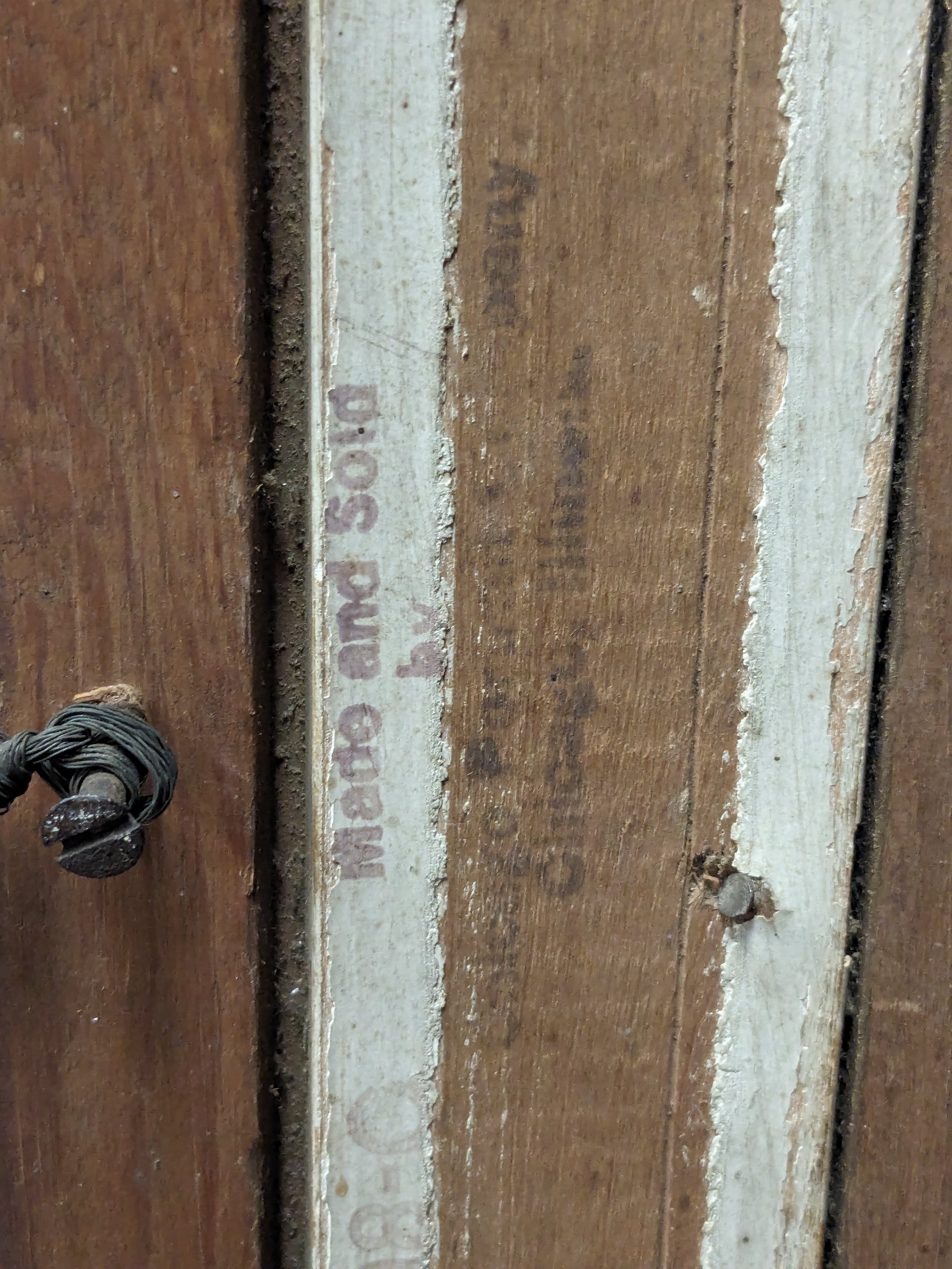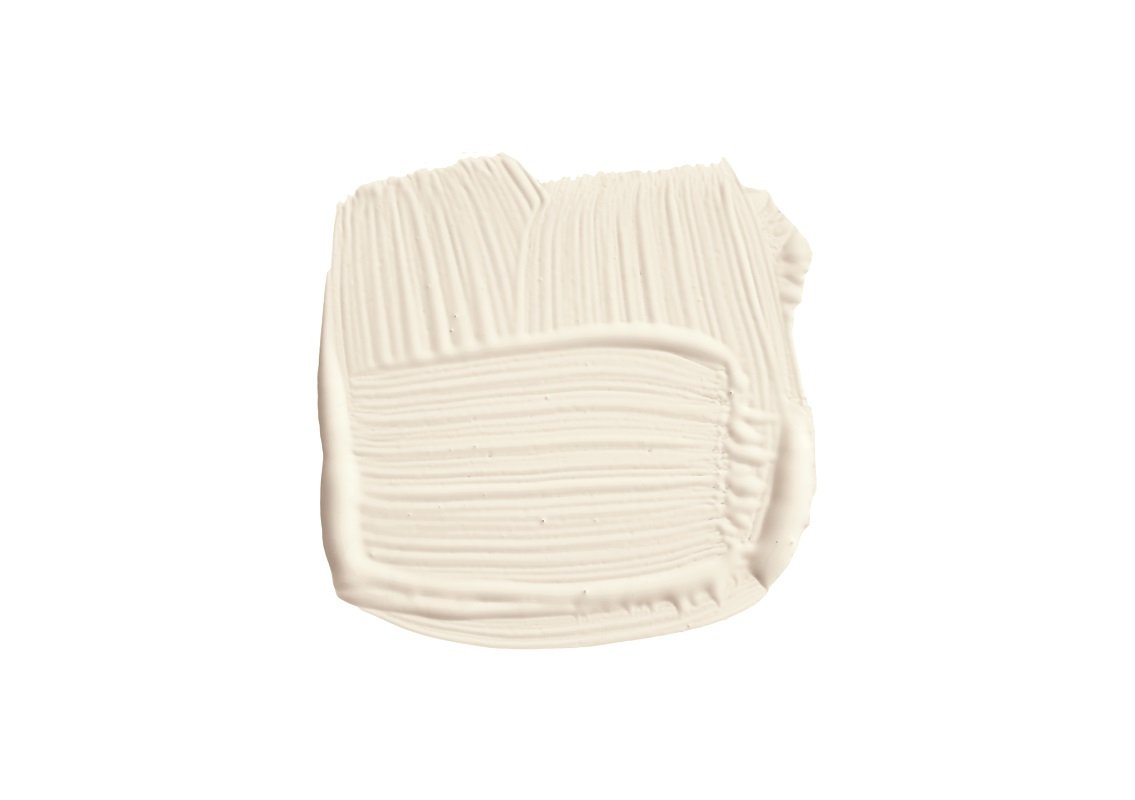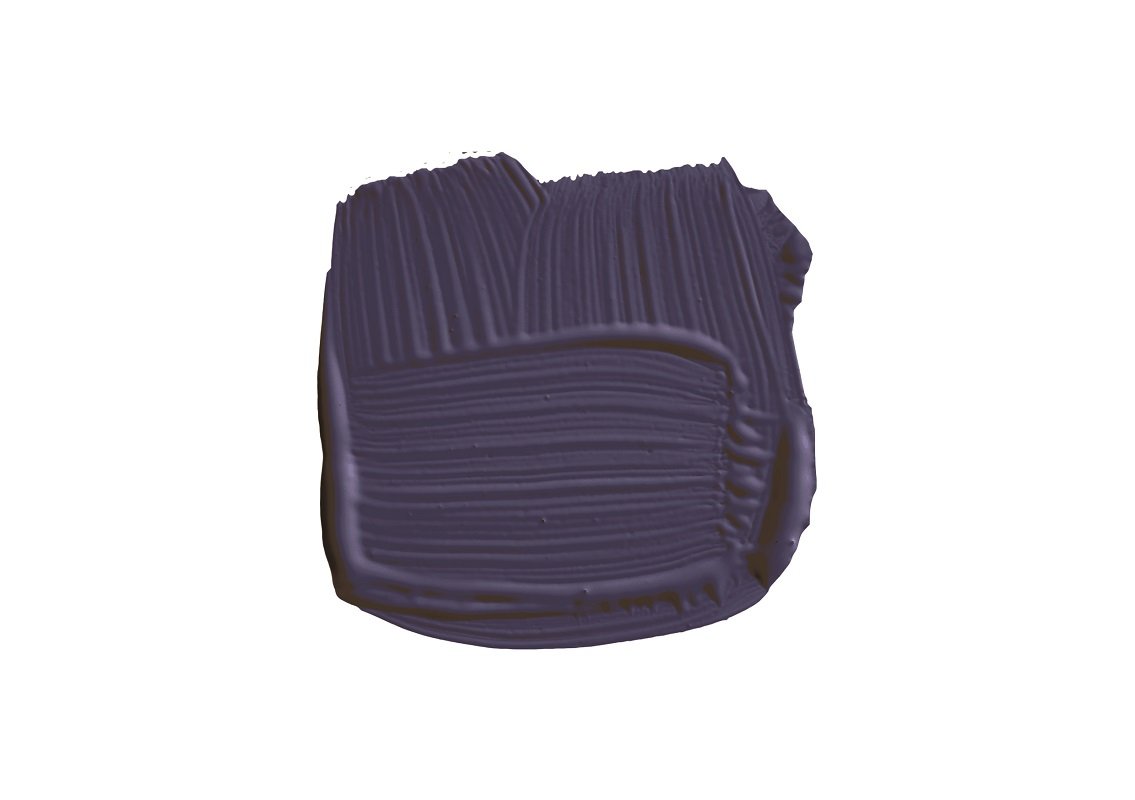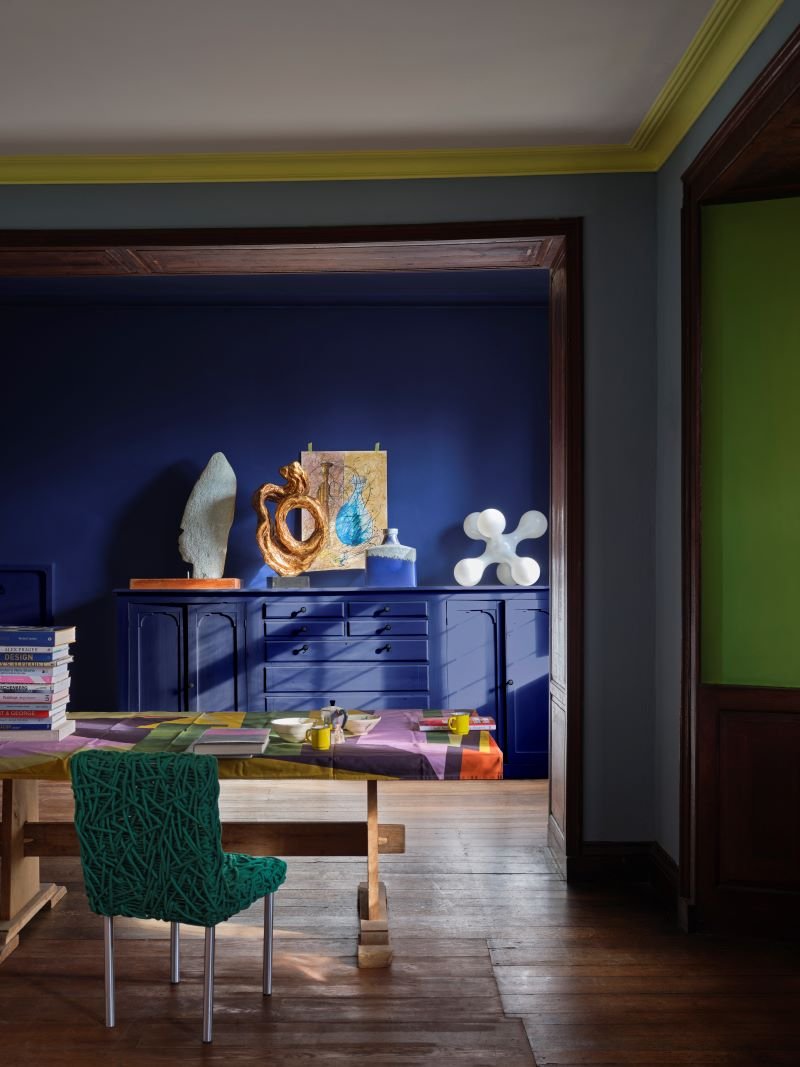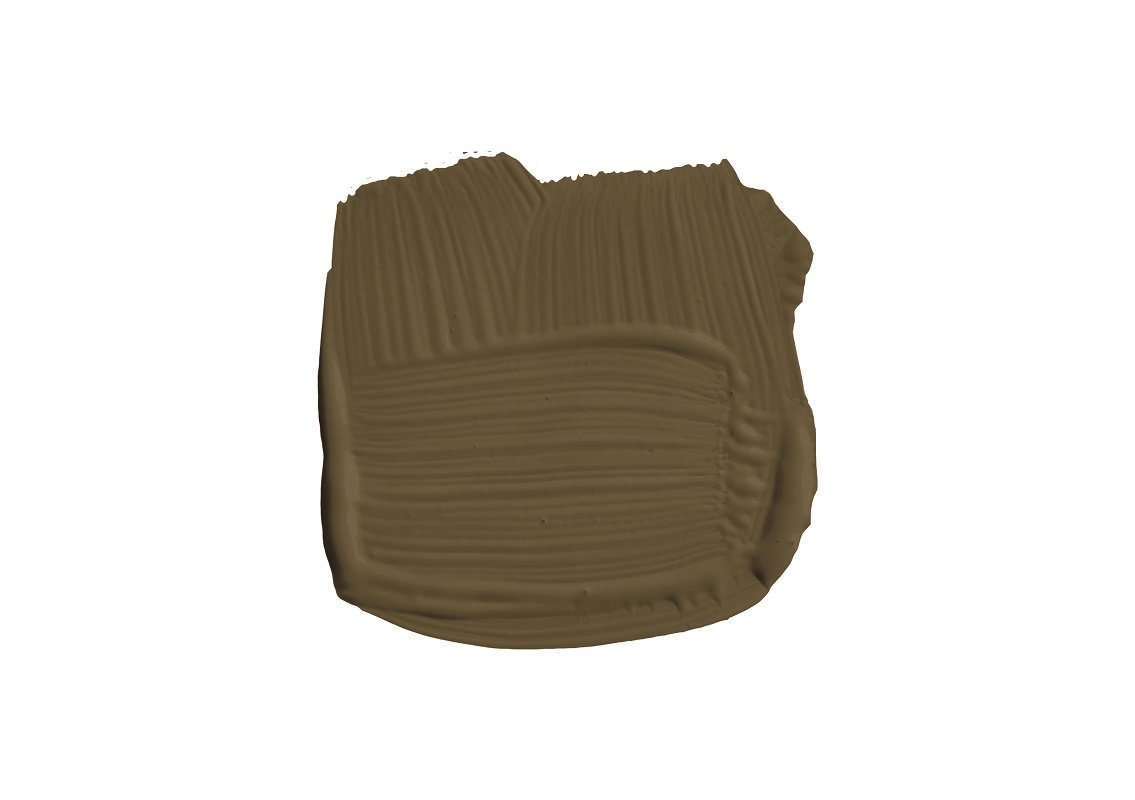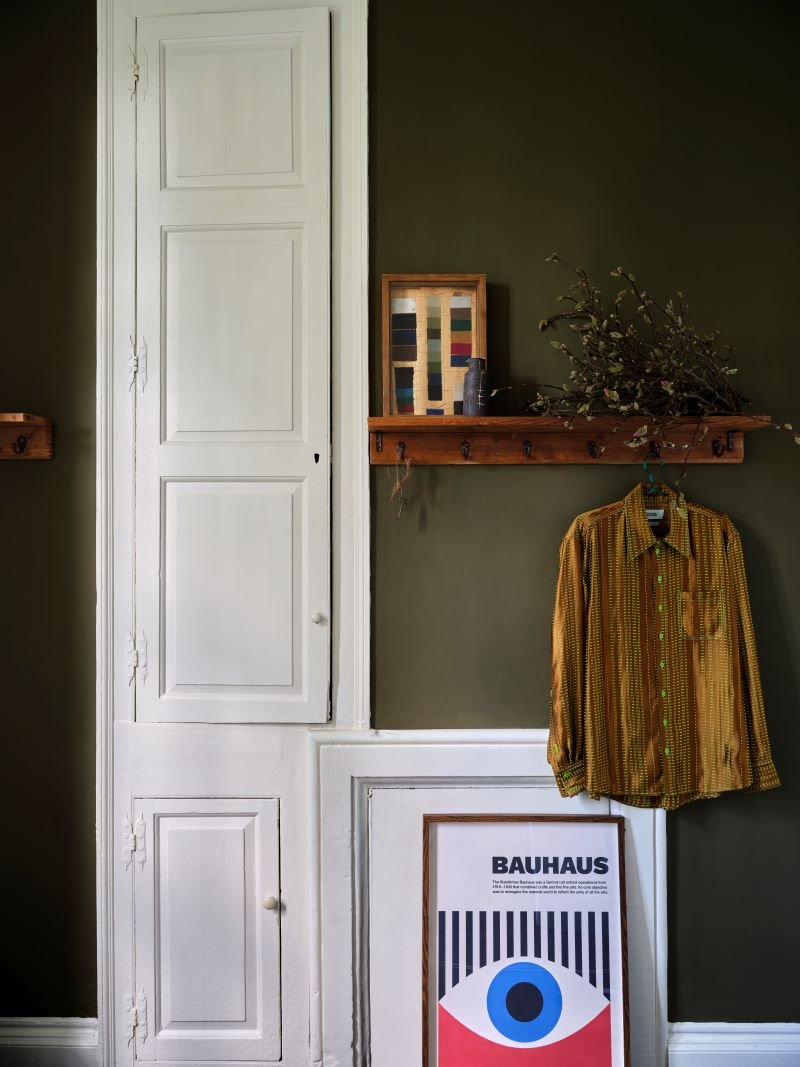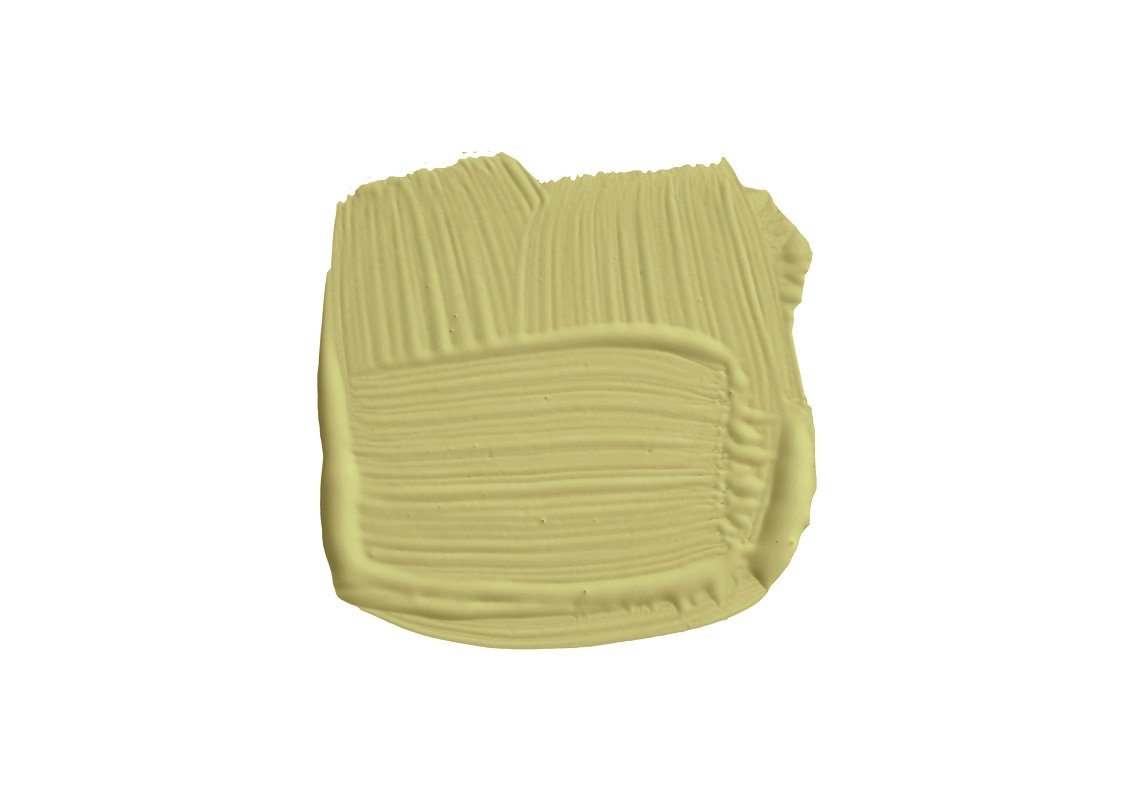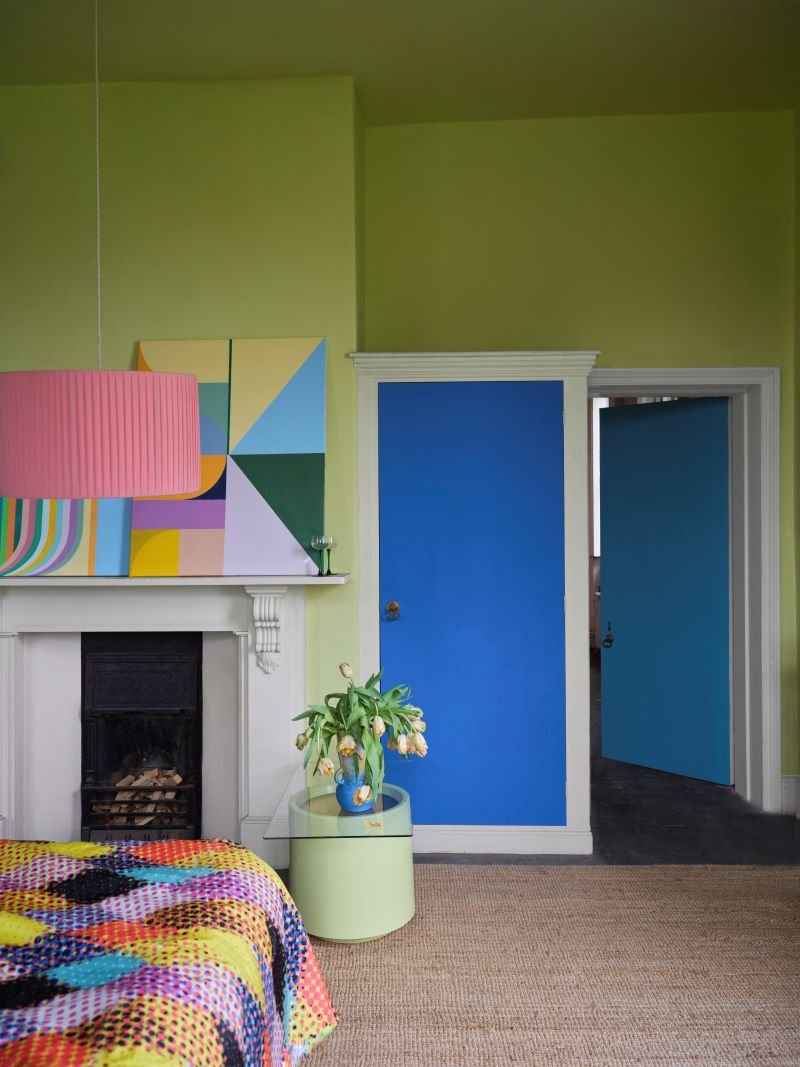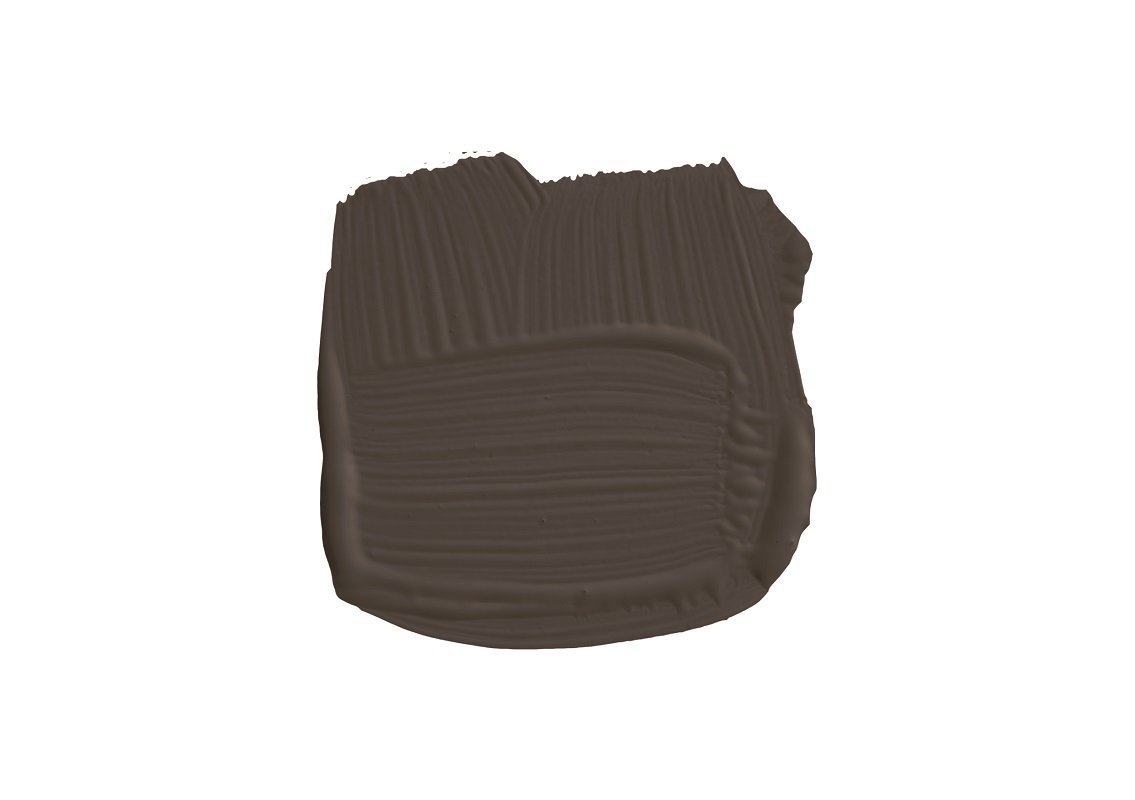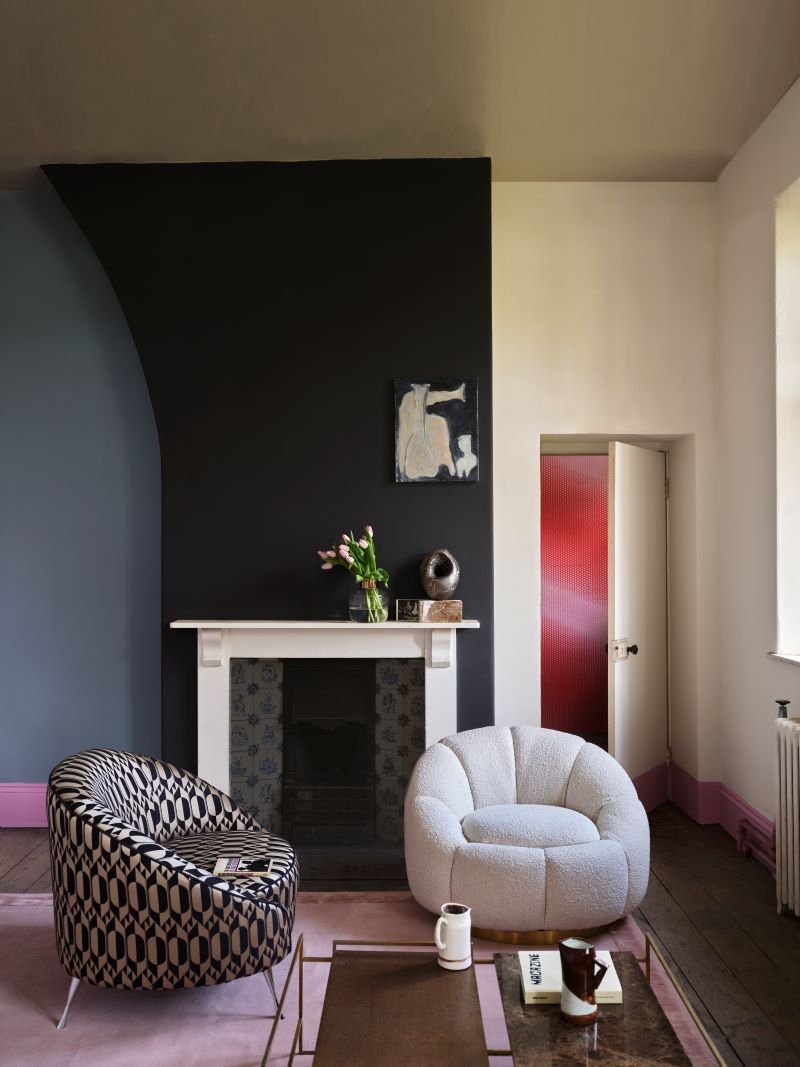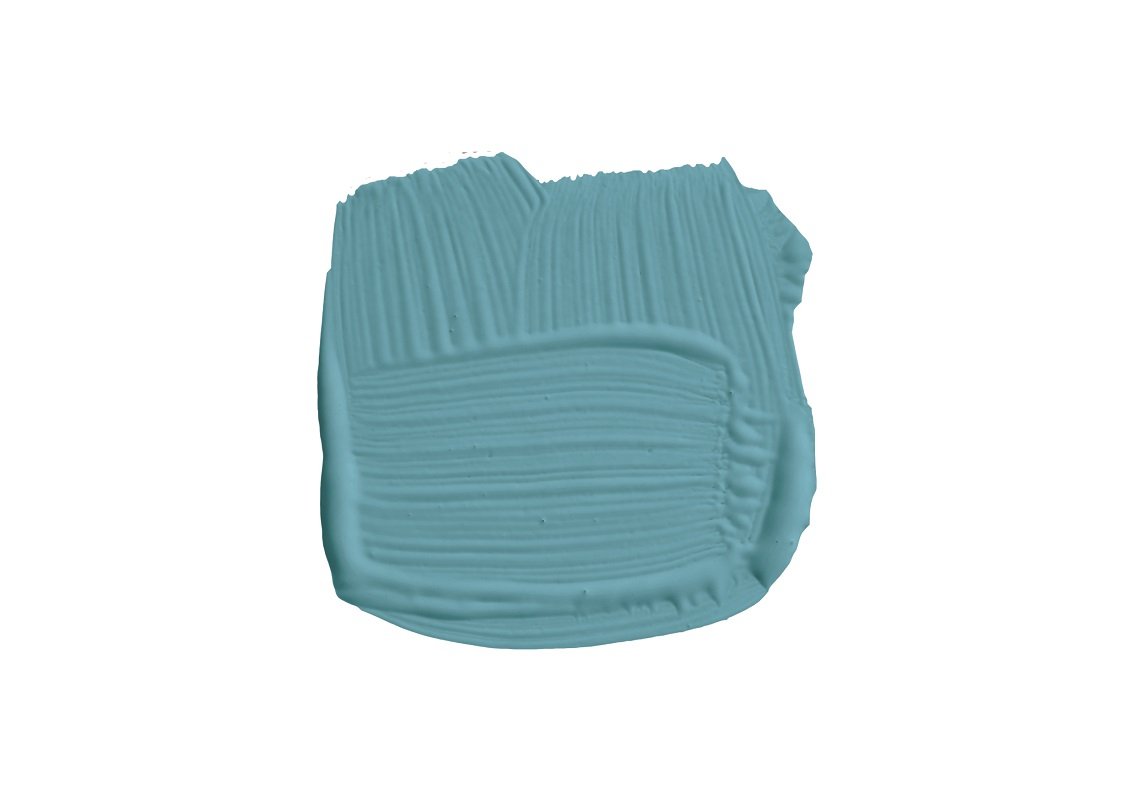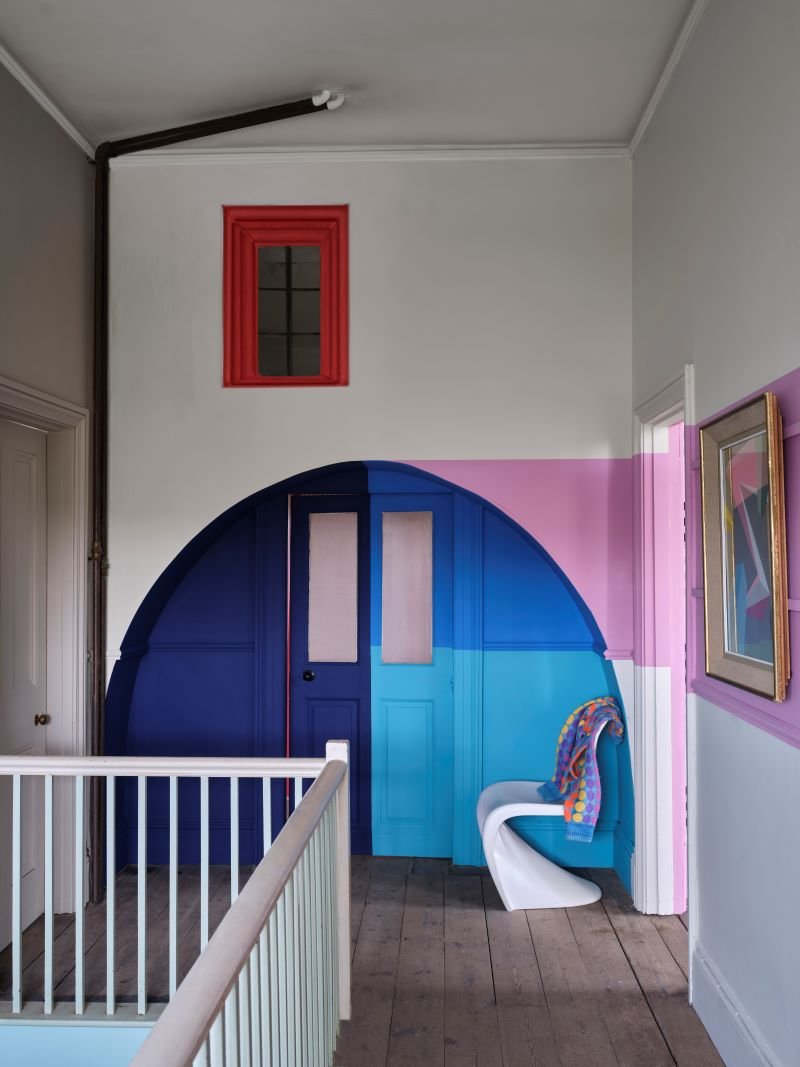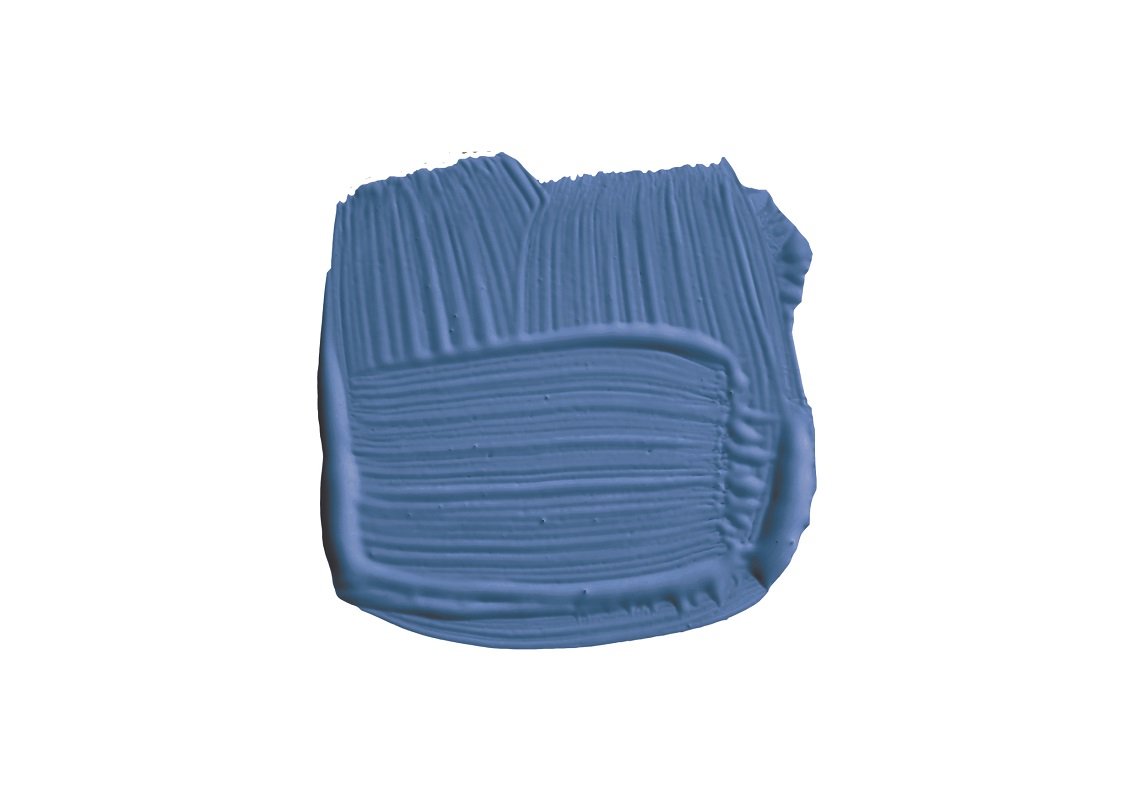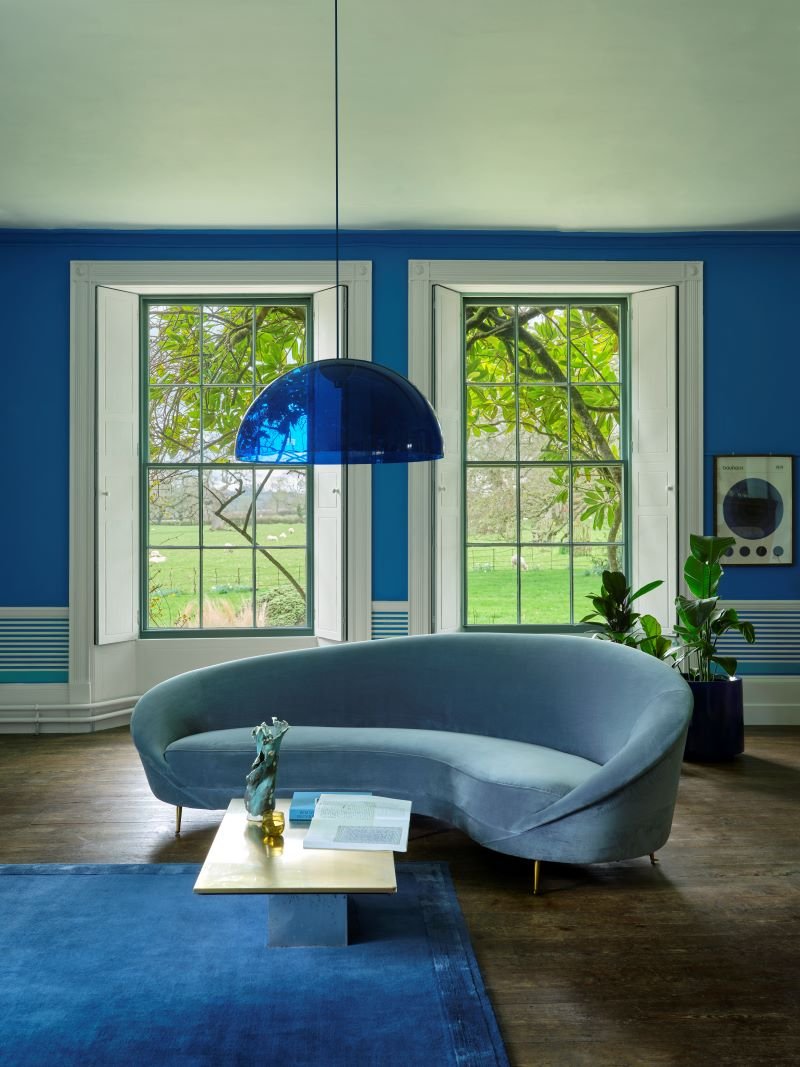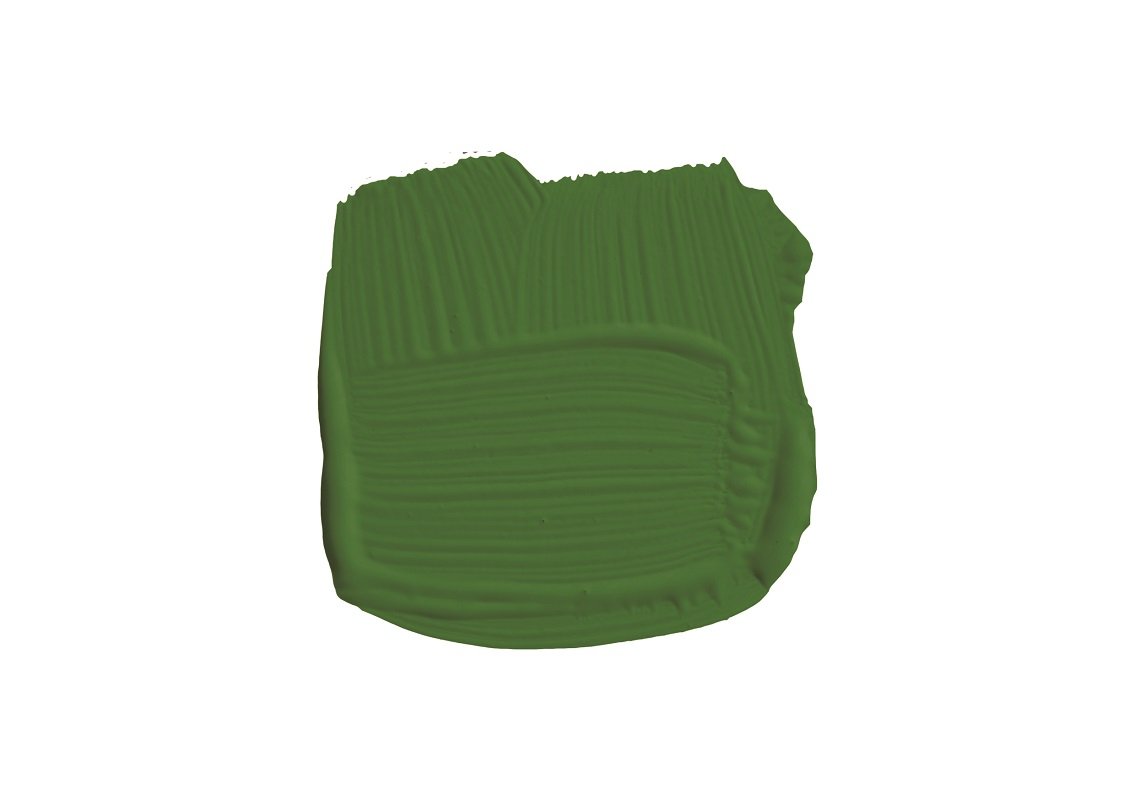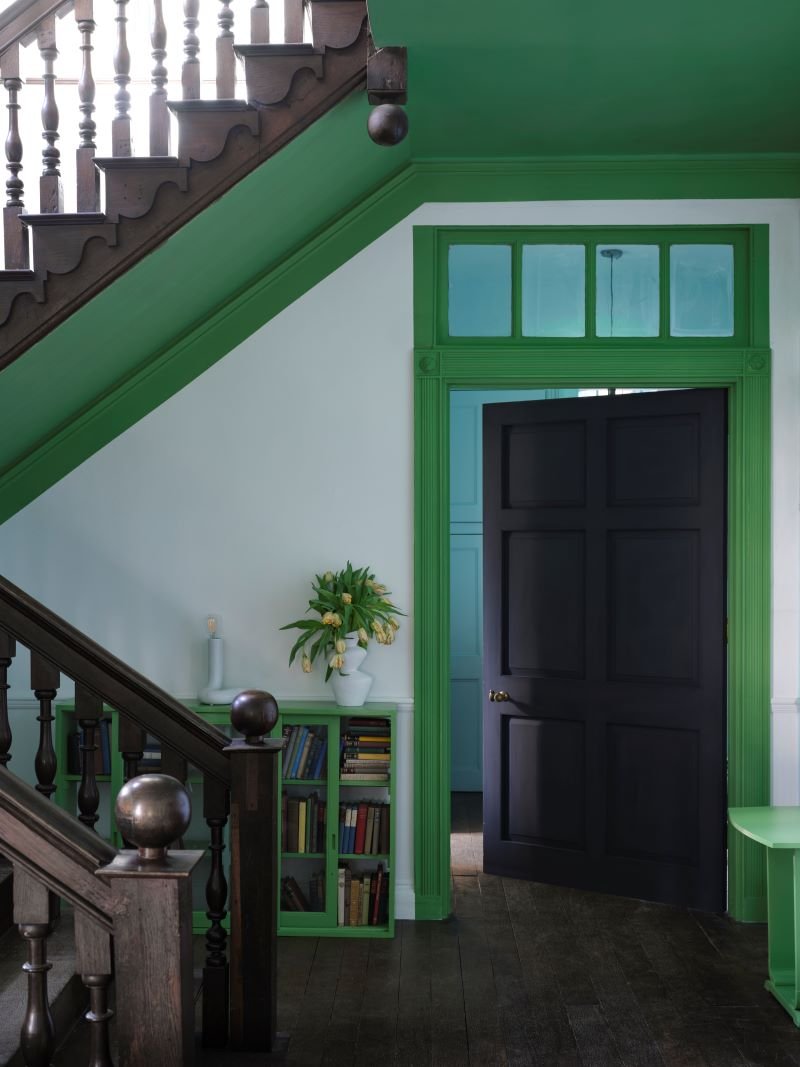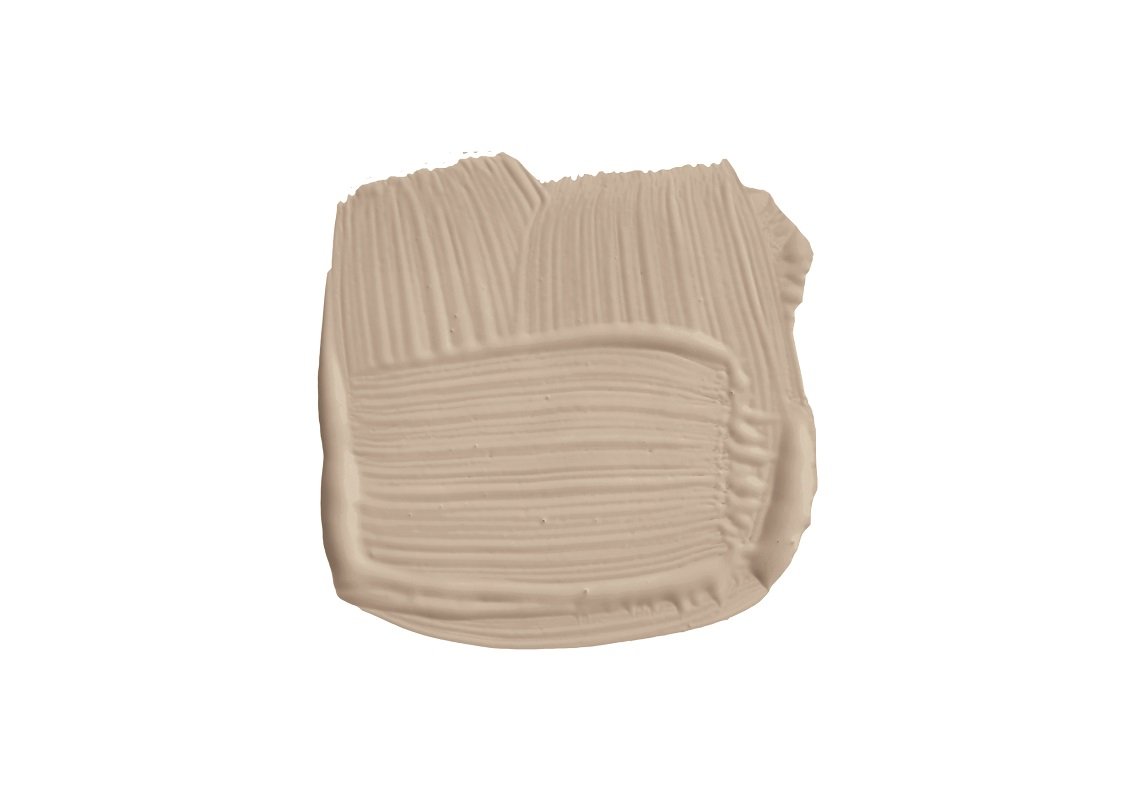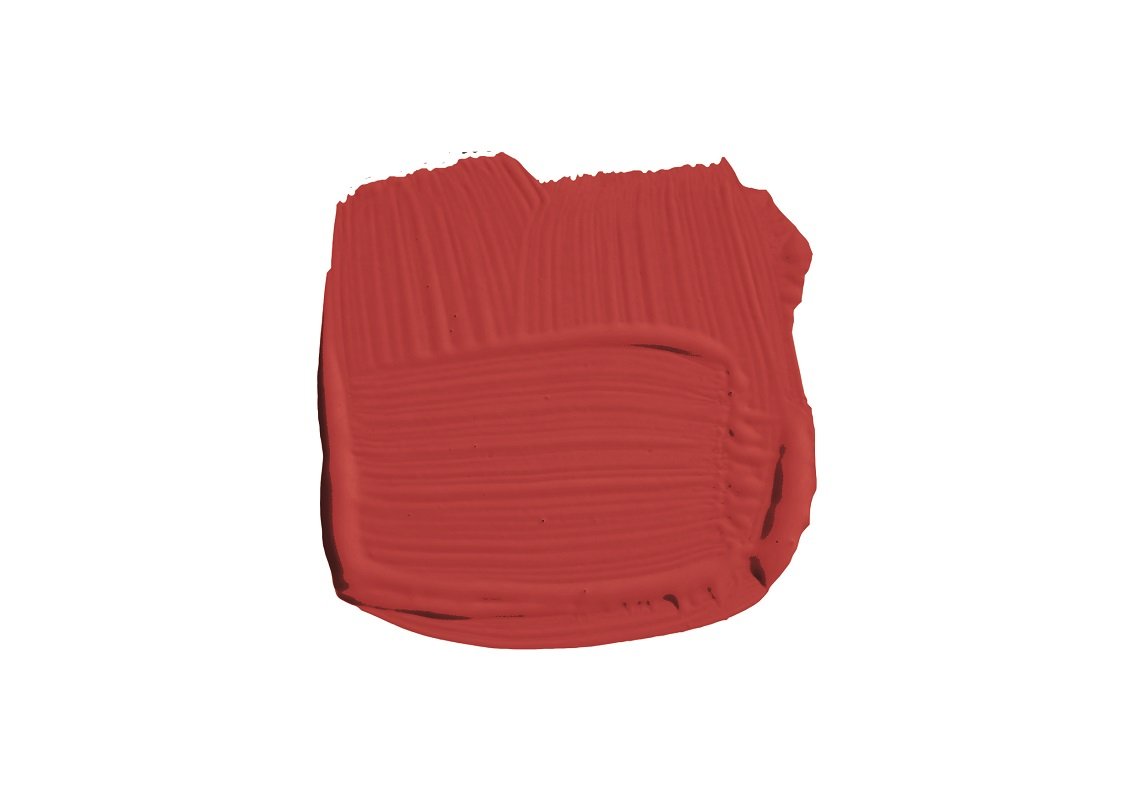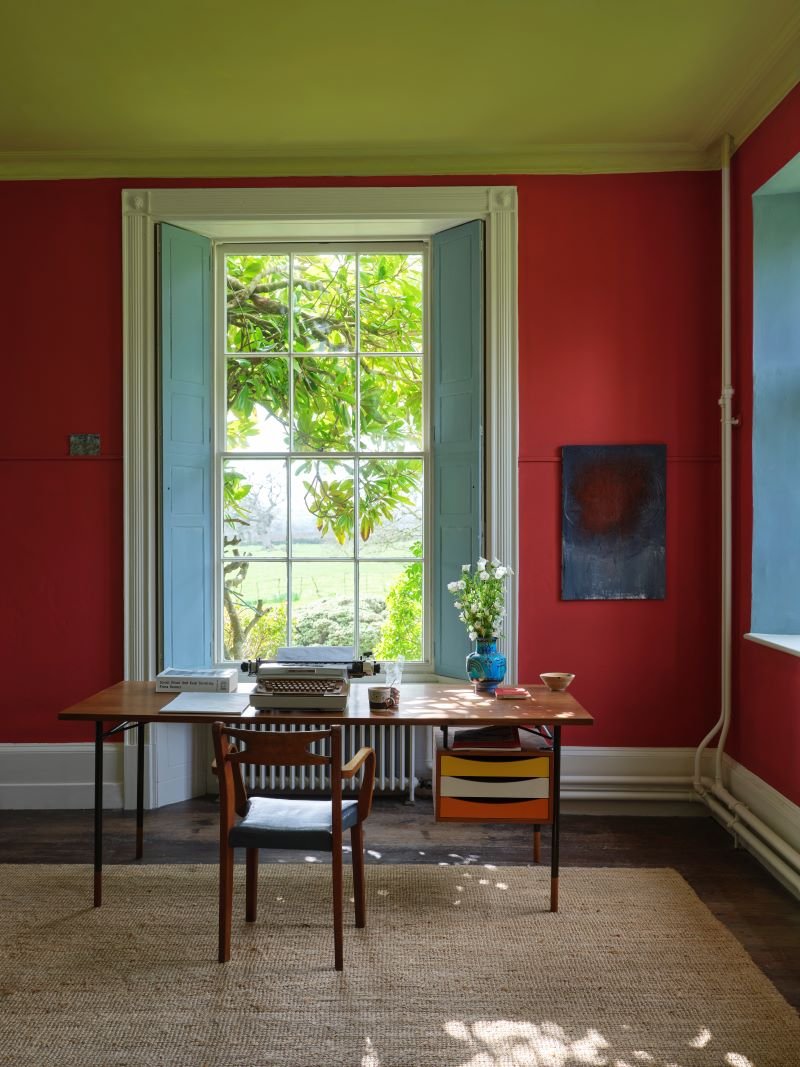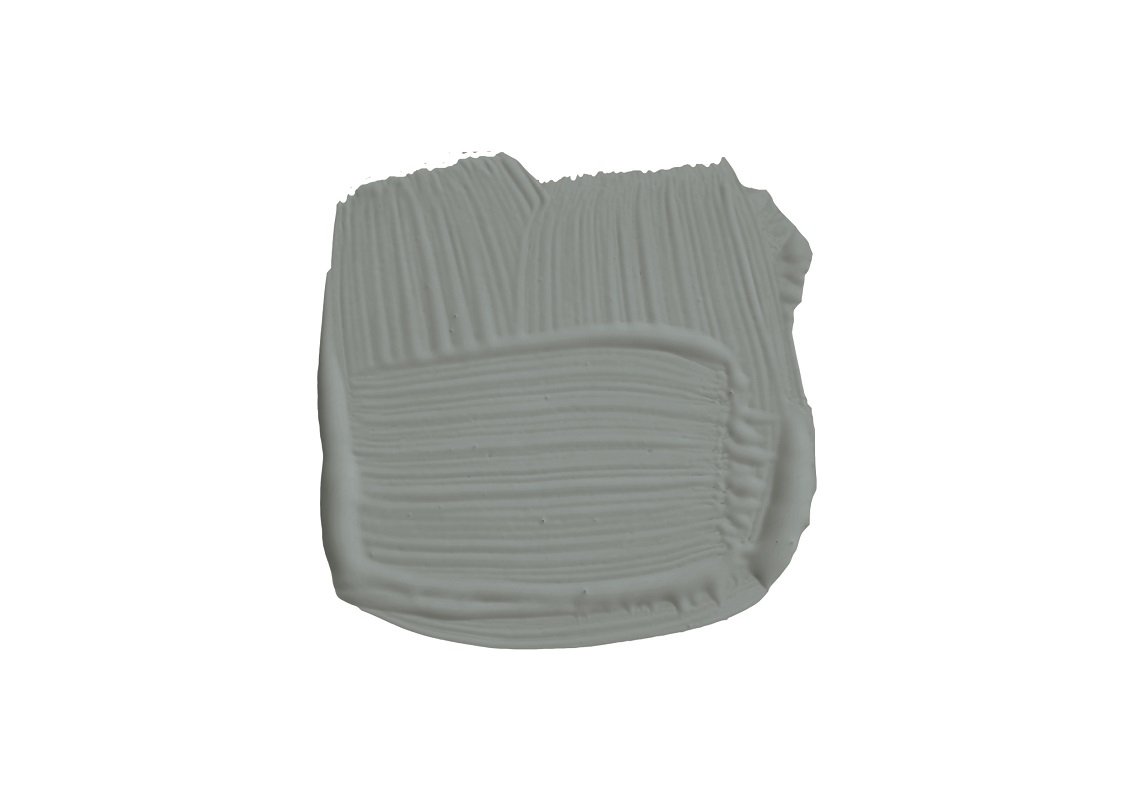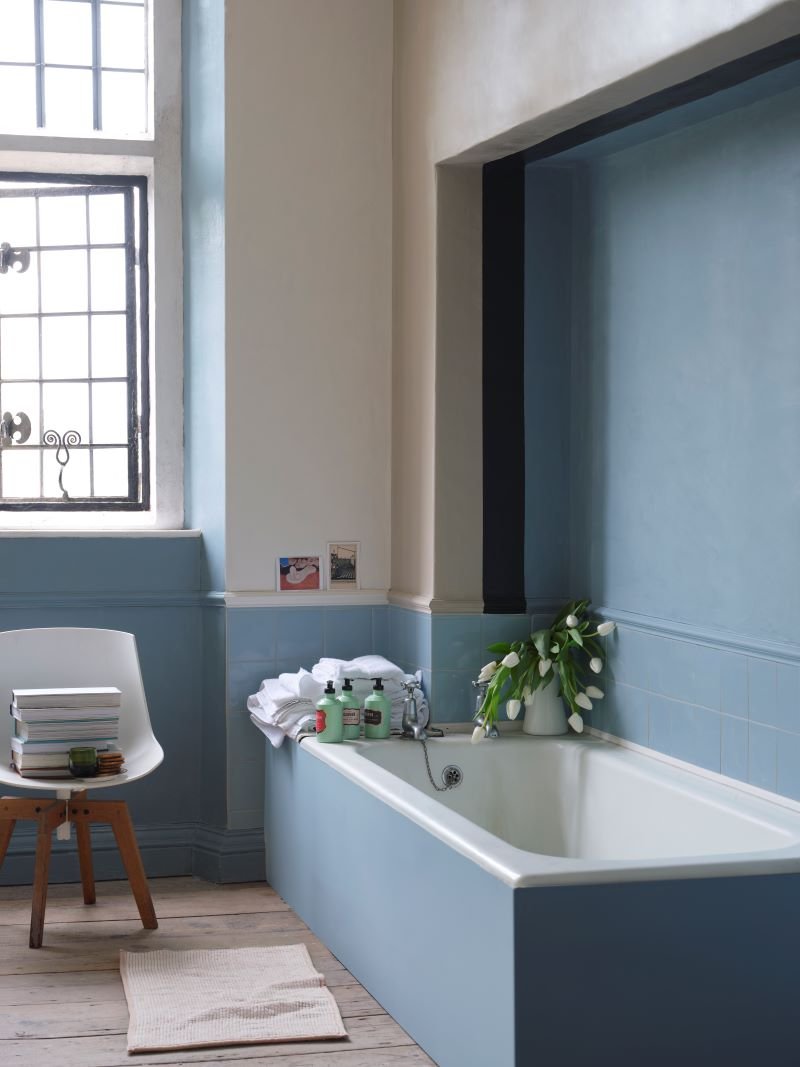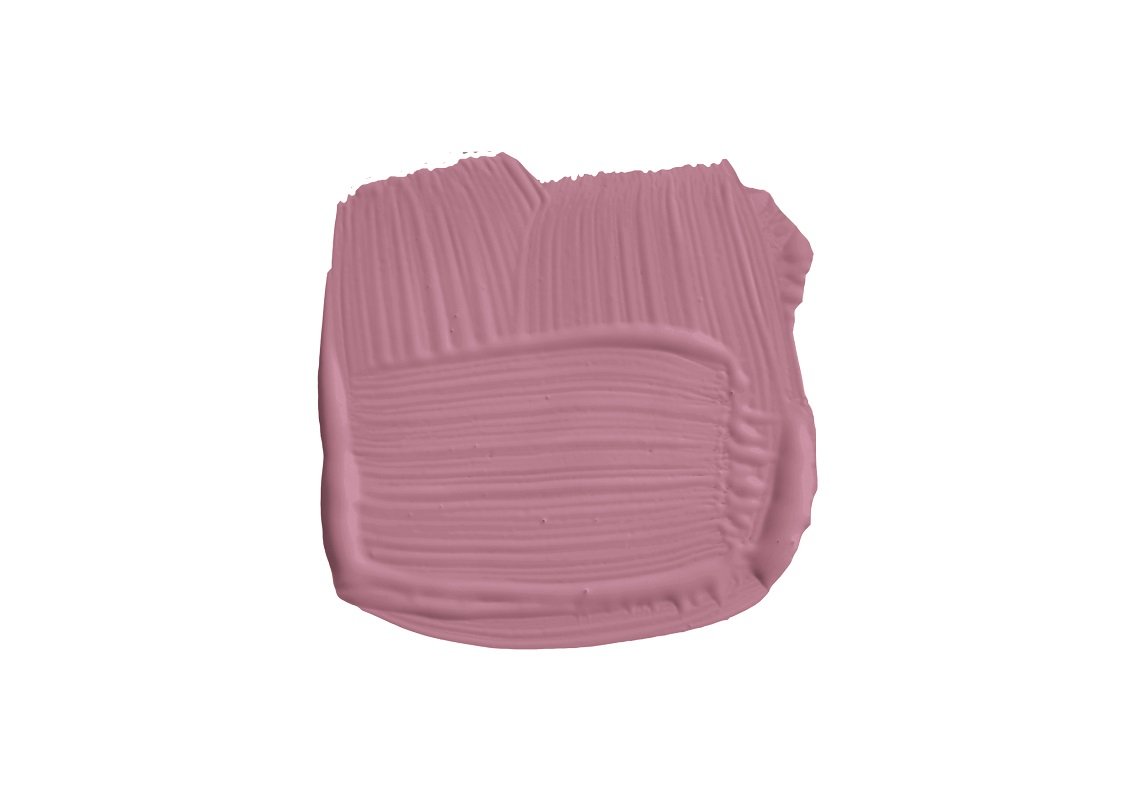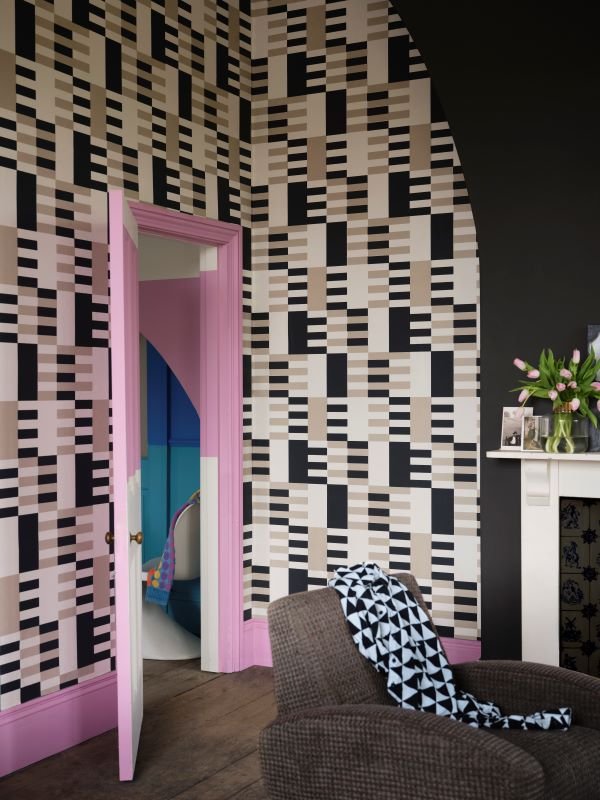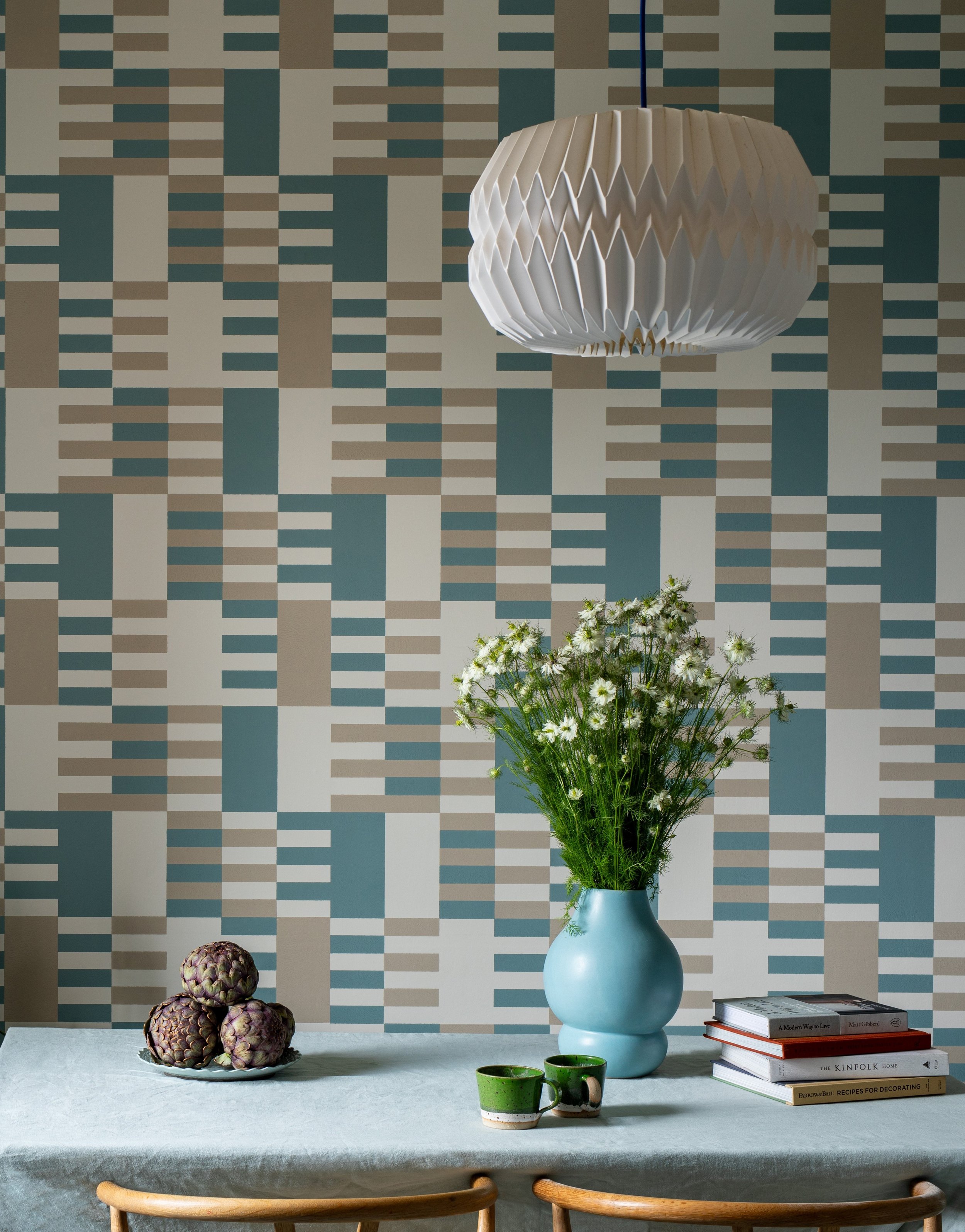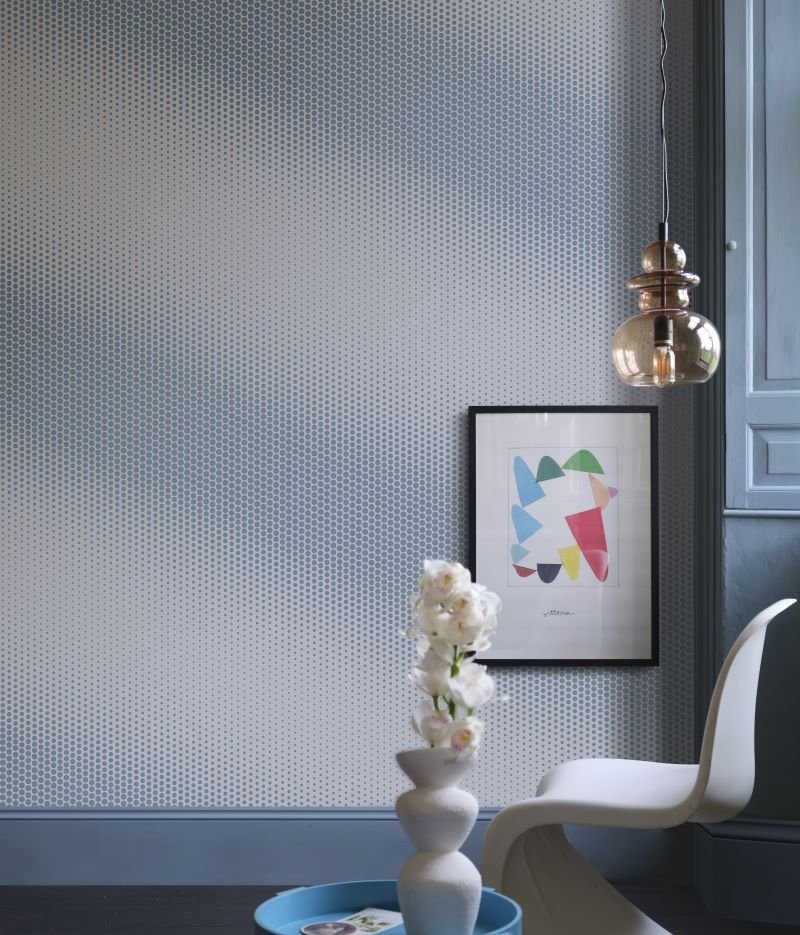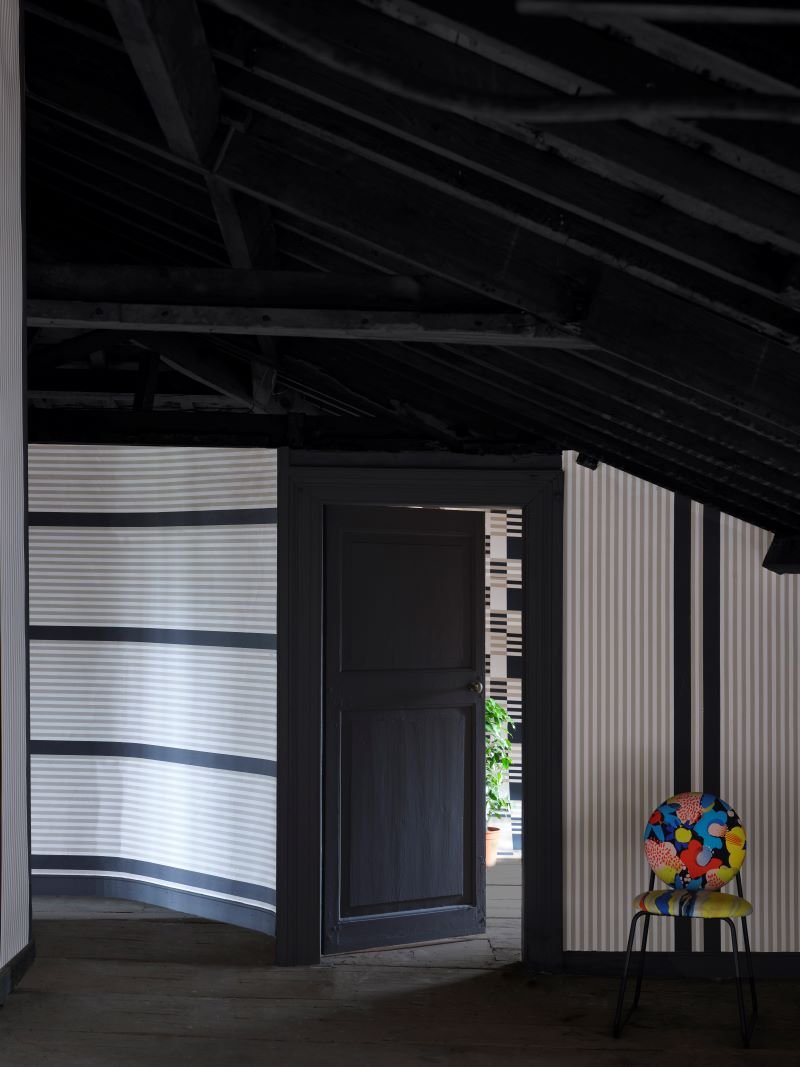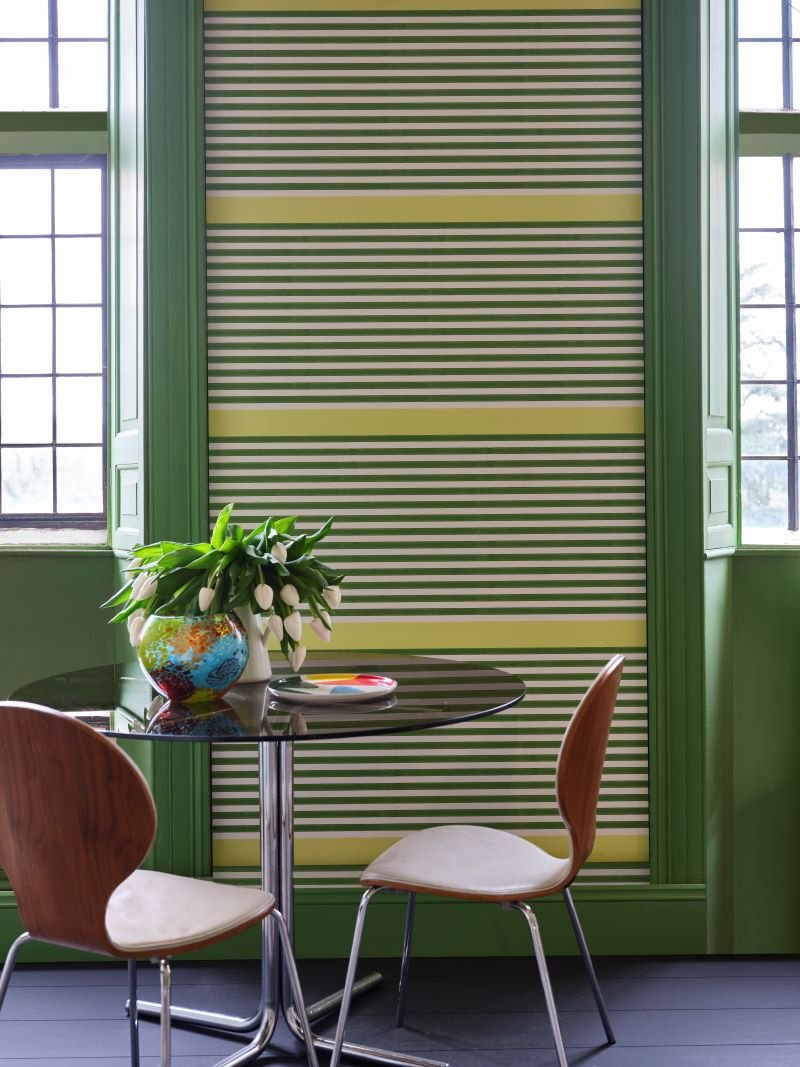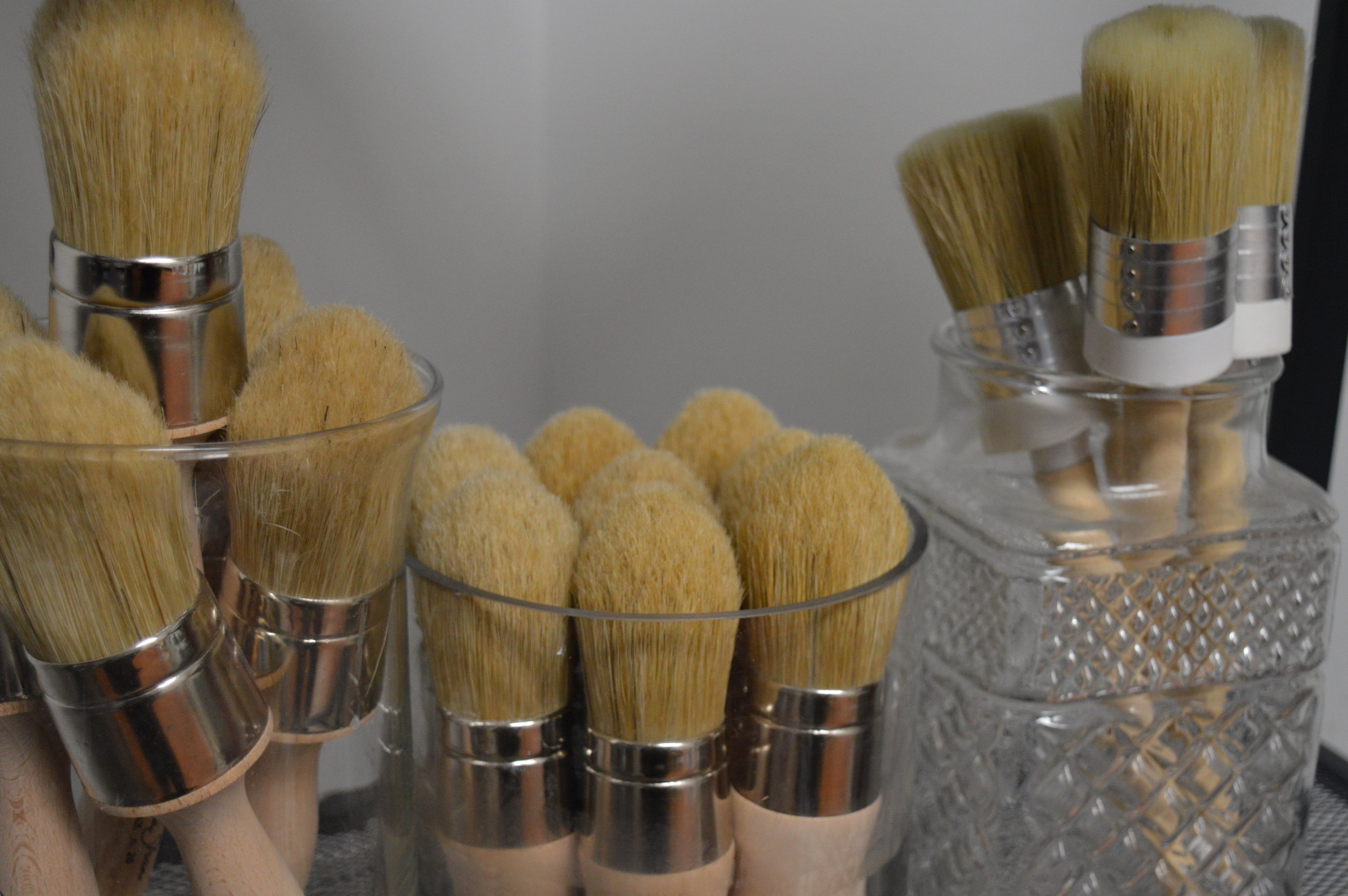
Meet New Farrow & Ball® Paint Colors 2025!
Just in time for Spring, we’re thrilled to introduce 9 brand new colors from Farrow & Ball®, as well as 3 that are reintroduced from the Archive Collection (same faves that never truly went away, just became part of the ‘special menu’ for some time).
Kakelugn
A clean light blue, this highly requested cleaner interpretation of Light Blue takes its name from the folkloric fires of Sweden, often decorated in this shade.
*pictured here with Scallop on the ceiling
Marmelo
A grounded orange hue named after the marmelo quince, the inspiration for marmalade, this is a thoroughly comforting shade.
*pictured here with Douter on the darker backdrop walls
Duster
A deep ochre, Duster is an aged yellow celebrating the ever so familiar cloth used to clean homes worldwide.
*pictured here with Scallop on the heightened walls and ceiling
Scallop
A softer salmon hue, this lighter interpretation of Dead Salmon is inspired by both the soft hue and gentle, curved shape of the prized shellfish.
Dibber
A down-to-earth green, named after the tool beloved by gardeners to create holes for planting seeds or bulbs. This muddied green has a close association with the natural world.
Naperon
A familiar terracotta inspired by the origins of the word apron, this is a familiar clay color with a well-loved feel.
Douter
A smoky grey-green inspired by the soot and tarnished brass of traditional candle snuffers. This is a green interpretation of beloved Inchyra Blue.
Sizing
A blue-based neutral, fresh with distinctive blue undertones, this color has a certain crispness like the starch it is named after.
*pictured here with Kakelugn on accompanying bluer side walls
Reduced Green
An intense muddied green. The green pigment in this dark neutral has been reduced so much that it's barely there - some see brown, while others see green.
*pictured here with Douter on the deep left side of the room, a strip of Marmelo to accent, and Dibber on the door facing inward
Etruscan Red
A brown-based deep, earthy red inspired by an ancient civilization. Less intense than Preference Red, it's still undoubtedly rich without being overwhelming.
*reintroduced from the Archive Collection
Broccoli Brown
A quiet dark stone color that sits effortlessly alongside natural materials, such as weathered wood or flagstone floors. It feels reserved and comforting in equal measure.
*reintroduced from the Archive Collection
**pictured here with Reduced Green alongside the fireplace surround
Sap Green
A true earthy green! As an enticing olive shade, Sap Green is a true celebration of nature and feels wonderfully intense in small spaces.
*reintroduced from the Archive Collection
**pictured here with Sizing on upper walls
Visit us in-person and online to see the truest versions of each color! We have foldout brochures, sample pots, and more, plus great color and project advice for all.
Silk and Sage Design
2700 W Anderson Ln, Ste 228
Austin, TX, 78757
9-6 Monday-Friday, 9-2 Saturday
Farrow & Ball is Officially a B Corp™! Plus Eco and Health Standards
We’re so excited to announce that 2024 brings Farrow & Ball to Certified B Corporation™ status!
We’re so excited to announce that 2024 brings Farrow & Ball to Certified B Corporation™ status! While F&B has been an industry lead for some time, it’s fantastic to be officially certified. What does it mean to be a Certified B Corp?
“B Corp Certification is a designation that a business is meeting high standards of verified performance, accountability, and transparency on factors from employee benefits and charitable giving to supply chain practices and input materials. In order to achieve certification, a company must:
-Demonstrate high social and environmental performance by achieving a B Impact Assessment score of 80 or above and passing our risk review. Multinational corporations must also meet baseline requirement standards.
-Make a legal commitment by changing their corporate governance structure to be accountable to all stakeholders, not just shareholders, and achieve benefit corporation status if available in their jurisdiction.
-Exhibit transparency by allowing information about their performance measured against B Lab’s standards to be publicly available on their B Corp profile on B Lab’s website.”
~Courtesy of B Corporation’s website— official 2024 definition
Just some key elements that stand out about F&B as a B Corp:
Now, all of their Emulsion paints are classed as Trace VOC (Volatile Organic Compounds) which is the lowest rating currently possible. The remaining paints in their range are classed as Minimal or Low VOC, but in many cases go far beyond the requirement for inclusion in those categories.
Farrow & Ball has long-standing relationships with suppliers who share their ethos, and they work with them to ensure that every single one of their ingredients, including their range of pigments, is responsibly sourced and not created or sourced as a result of exploitation.
As is normal practice within the industry, Farrow & Ball doesn’t test any of their paint on animals – they never have, and they never will, so you can always rest assured that you’re painting your home with a proudly cruelty-free product. All commonly available finishes contain no animal-derived ingredients.
They partner with local community and environmental groups, and focus on fair pay and accessibility with their Employee Assistance Program.
Farrow & Ball has been successfully lowering their carbon footprint over the years, and hasn’t stopped yet.
Using Painted Details to Impact the Home (Trompe-L’oeil Meets Impressionism Edition)
If you’ve been following along with us, you know that here at Silk and Sage Design we’re big fans of transforming the feeling of spaces via three-dimensional forms— painted furniture, cabinets, and other decorative accents can utilize color and texture to alter emotions and perceptions within all areas of homes, work spaces, venues, and anywhere we inhabit for parts of the day. Details no matter how large or small truly add special touches to personalize our spaces. We recently had such a pleasure creating hand-painted details around a wallpaper mural in a client’s home, and we think it looks SO GOOD (we’re a bit biased of course!) to have enlivened accents added here. They gave our client a slightly more lived-in and personalized connection to the wallpaper and room itself. We’ll show you what we mean…
Our client had a mural wallpaper installed (panels from ‘Xanadu’ by Iksel x Schumacher, not installed by us) in her dining room. She had decorative trim added around the wallpaper panels to frame them out as their own scene, which we custom painted to emulate a branchy feeling. Different greens were custom painted with wet-blended and dry-brushed techniques, and we were careful to choose greens that would stand out a little but neither be too contrasted from the wallpaper nor blend in too much. Then the extra fun part came… hand-painted branches and leafy sprigs ‘escaping’ from the sides of the wallpaper. The painted framing was key here, as it created a canvas for the wallpaper mural that the new painted details could escape and trail outward from.
We’re always inspired by trompe-l’oeil as a centuries-loved painting style that fools the eye with realistic optical illusions via painted imagery. The wallpaper illustration itself was more ‘impressionist’-meets-watercolor-meets-fresco-style, so we blended all these concepts to come up with the best mimicry of our little hand-painted leaves and branches. Placement of these was key too as we wanted to have the painted details feel balanced but not contrived.
The result feels lively and playful, and exactly what we hoped— some elegantly personalized whimsy for this dining room. Whether we’re working on painted or refinished furniture, walls, or other decorative areas, we prioritize some level of customization so that we achieve connection with our spaces. Of course hand-painted details aren’t for everyone’s tastes, or even for just a specific project… other great ideas for personalizing decorative elements could be simply with color choice alone, or with textural techniques, or with stencils and/or appliques for decorative pops. The options are endless!
If you’re curious about how we can help you personalize your home with painted furniture, cabinets, or other motifs and are in the Austin-area, send us your project details! Visit our ‘Hire Us’ page to submit project inquiries and see some of the work that we do!
Vintage Collectors' Club Vol. 1: Portrait History is Neat-- Crayon Enlargement Portraits and the Victorian Era
Welcome to our first volume of Silk and Sage Design’s “Vintage Collectors’ Club”— a place to highlight our vintage and antique inventory, coupled with blog posts sharing the history behind some of our most unique and beloved finds, design trends throughout time, and related interesting subjects. Everytime we add a new vintage or antique find to our shop, we do a deep dive to find out the history behind it when that’s even available… we’re thoroughly interested in knowing where items came from, who they were made by, what art or design movements they were created from, and more. While vintage, antique, and even some unique contemporary pieces will be featured as physical inventory in our Vintage Collectors’ Club available to purchase through us in-store and online, only some special items will be featured on our blog. Dive in today for our first exploration!
When we found this portrait of a young girl, it was love at first sight. Some may say ‘CREEPY!!’ but to us, she seemed like someone that was deeply loved enough to have a portrait commissioned of her. While we can’t see her entire dress, the little hints trailing outward on the portrait make us imagine what beautiful gown she wore on the day of her portrait, how long it took to have her hair curled into ringlets, and on and on and on…
BUT the overarching question that came up constantly in the beginning was whether this portrait was a photographic print, a multi-media art print, or both. Could it be both? There were enough traits within the portrait that conveyed both processes. So off to the art history archives we went! Firstly, we’ll say that there are two interesting historical elements coming up with this portrait— what media was used, and then the background on the portrait industry around the time it was made. We’ll start by expanding on the portrait process used, and then later we’ll come back to what the portrait industry used for ‘marketing tactics.’
Based on the girl’s clothing and hair, her portrait was likely completed very late 1800s-early 1900s, meaning at the tail end of the Victorian Era. During this time, use of photography was more widespread than when it was first introduced earlier in the 19th century (while we won’t get into the entire history of photography today because there is just SO much to cover, we’ll talk about some of its history in context with that of portraiture).
The commissioning of portraits was also becoming much more affordable and accessible with the increased popularity of photography. Previously for a patron to have a portrait commissioned, they needed to be wealthy. Portraits were typically sat for over different sessions and were created by hand by the artist, often painted. Think of the grand, massive portraits you may have seen in museums, manors, and other stately places. Thanks to the rapid changes in society throughout the 19th century (the Industrial Revolution, changing schools-of-thought in the arts and culture), people yearned for more accessibility with all consumer goods at this time.
Many people became increasingly interested in photography— it was new, it was interesting, it was hot! However, photography alone was not considered by many to even be an art form until the late 1800s, meaning that photography tended to be seen as a mechanical process and its portraits were viewed as more utilitarian and simply photographic prints. Color being added to photo prints was not uncommon either (like with hand-colored ambrotypes and daguerreotypes), however it still was within the confines of a mechanically-derived photo print. Consumers and artists alike still yearned for the soft, artistic touches of hand-done portraits, the ‘artistic portrait’. During the mid 1800s, different photographer-artists came up with a few similar technologies that created portrait processes which combined photography with more traditional ‘artistic portraiture’ skills, birthing the likes of processes such as Crayon Enlargements and Photo-Crayotypes.
(example of a daguerreotype with light touches of pinkish color on the cheeks)
These newer combined-types of ‘artistic portrait’ processes involved photos essentially being ‘enlarged’ onto or underneath paper as traceable images. Sometimes solar methods were used for the image enlargement projections (especially in the early days of these new processes), while other mechanical apparatuses were sometimes used for the enlargements. Artists were then able to ‘trace’ over the images as reference, while using their own skills and touches to add color, flourishes, and more. Oil paints, pastels, crayons, and charcoal were most commonly used. While it’s not uncommon to see Crayon Enlargements that are predominantly done in charcoal with just a little bit of color added, color and ‘softness’ of a hand-touch were highly desired as these were what defined these new portrait styles from a more mechanical photography in most views. See, while the groundwork for true color photography was starting to develop as early as the late-1800s via different methods, the world wouldn’t see its popularity until the 20th century. With the advent of Crayon Enlargement Portraits, consumers could have a more affordable portrait process available to them, combining it with some of the most desired commodities of the time— artistic, soft touches of hand-done portraits and use of photography!
Getting back to the young girl in the portrait… we now know that her portrait process was likely a version of the Crayon Enlargement. She likely sat for a photographer who captured her image, which was then sent off to a studio that developed the portrait. From there, her photo print was enlarged and re-created onto paper by the artist, who likely used a combination of charcoal/ink, pastel, and possibly other paint or ink ‘tints’ to create some of the more subtle colors. Unfortunately we don’t know her name or where she lived, or anything about her family. But we do know some more details on her portrait process and how she and her family got to this point. From here we get to our second exploration into how her portrait was created— how her portrait even came to be, the ornate frame, and the Chicago Portrait Company.
The Chicago Portrait Company’s years were from 1893-1940s. They allegedly took part in some ‘schemes’ to sell portraits that offered the ‘best pricing at the time,’ yet they were really charging for their very expensive frames while claiming the pricing was for the specialty of having portraits done through them. The Chicago Portrait Company sent door-to-door salesmen to many parts of the USA, predominantly rural areas. They were bringing the ‘cultural innovations’ at theoretically better prices (which were still expensive for many consumers) to rural homes. Things they’ve been accused of are:
claiming the photo prints would be sent back to the Chicago studio for a reference guide so that an artist could completely hand-paint the portraits from the start (omitting the fact that the portraits really would be done via Crayon Enlargement)
telling customers the specialty frames would be fully gilded, while in reality the frames had only a tiny electroplated layer of 14k gold
claiming their prices were better than competitors at that time, due to their specialty and ‘most innovated’ processes that differed than competitors (*we have been able to track down a copy of a court document from the 1920s online that brought a cease and desist to court against them for this particular set of claims)
Whether some predatory salesmen went rogue at some point in time and told customers these false details to drum up sales and competition, or these were company-wide policies, we do not know the entire extent. However what we DO know is that Crayon Enlargements and similar methods were legitimate ‘artistic portrait’ processes of the time and were used by many singular photographer-artists as well as full-blown companies, and the ornate craftsmanship of the frame of this particular portrait is gorgeously executed. We don’t let any alleged misdeeds of the Chicago Portrait Company tarnish this young girl’s portrait, which we assume was cherished by her family for some time. How it came to be let go, we can only assume the typical passing of time and generational lines ending are to blame.
We hope you enjoyed our first installment of “Vintage Collectors’ Club” and hope to bring you more details behind some of our most interesting finds soon! In the meantime, if you’ve connected with this story and this portrait of the young girl, it’s currently available to purchase in-store only at our Shop & Studio location! You can purchase it online for in-store pickup, or visit us at Silk and Sage in Austin, Texas!
Discover 'Carte Blanche' Collection Paints + Wallpapers by Christopher John Rogers x Farrow and Ball
Meet the gorgeous capsule collection of 12 new paint colors and 3 new wallpaper patterns, by renowned designer Christopher John Rogers x Farrow and Ball.
‘Carte Blanche’ is a stunning capsule collection of colors and wallpapers, as a collaboration between amazing designer Christopher John Rogers and Farrow & Ball. We’re feeling refreshed and grounded with these 12 new colors and 3 wallpaper patterns, and are SO excited to share them with you!
Au Lait: a soft white that is inspired by the chicory coffee popular in New Orleans, often served with steamed milk.
Blue Maize: a deep blue inspired by the unique hue of corn popular in Mexico and the Southern States.
Cardamom: a rich brown inspired by the warming, versatile spice used in dishes around the world.
Hog Plum: a pale but intense yellow reminiscent of the sweet and sour fruit found across Central America and the Southern States.
Liquorice: a warm, rich deep black is that of the classic sweet created using the root of the plant from which it takes its name.
Lobster: a vibrant, lively blue that takes its name from the popular Louisiana catch.
Pea Flower Tea: a vivid true blue, this shade is named after the brightly coloured drink created by infusing petals from butterfly pea flowers.
Raw Tomatillo: a joyful and verdant green inspired by the fried green tomatoes made by a beloved grandmother.
Roasted Macadamia: a warm, stony neutral that’s a favorite among The Squirrels, this soft neutral is named after the nut of a similar shade.
Romesco: a rich, brilliant red evocative of the classic Spanish sauce, which also doubles as a favourite makeup shade.
Sardine: a silver blue that takes its name from a favourite afternoon snack of a much loved grandfather.
Shallot: a cheerful pink that takes its name from a sweeter member of the allium family widely used in Cajun cuisine.
Christopher John Rogers is a renowned designer that’s famous for his rainbow-hued clothing. “Born and raised in Louisiana, Christopher was enamored by art from a young age, finding inspiration in everything from Ellsworth Kelly to the costumes of comic book characters and even airport décor. Exploring the space between pragmatism and glamour, his designs emphasize quality, timelessness and declaring your sense of self.”
Check (wallpaper pattern): bold, Bauhaus-inspired Check pays homage to the innovative work of Anni Albers, the celebrated textiles artist— the geometric, mixed scale design feels both contemporary and classic, transforming your walls into a true work of art.
Dot (wallpaper pattern): this playful pattern celebrates one of Christopher John Rogers’ iconic designs— Graphic, graduated Dot brings energy and joy to your space, while the traditional flatbed printing method creates unique texture and tantalising depth.
Stripe (wallpaper pattern): a fresh take on a true classic, Stripe brings added interest to one of our most enduringly popular designs— with a wide, statement stripe, this pattern is effortlessly versatile and can be hung in four different ways to create the look you love (and can be hung both ways for either vertical or horizontal looks).
Visit us to learn more about this fabulous collection, and to sample and shop paint and wallpaper patterns! Please note that samples for all Carte Blanche colors are available only in large single-sheet swatches to purchase (no sample pots). All paint colors are available in most Farrow & Ball finishes (*exceptions currently are Exterior Eggshell + Masonry, however Full Gloss is available for any exterior notes).
